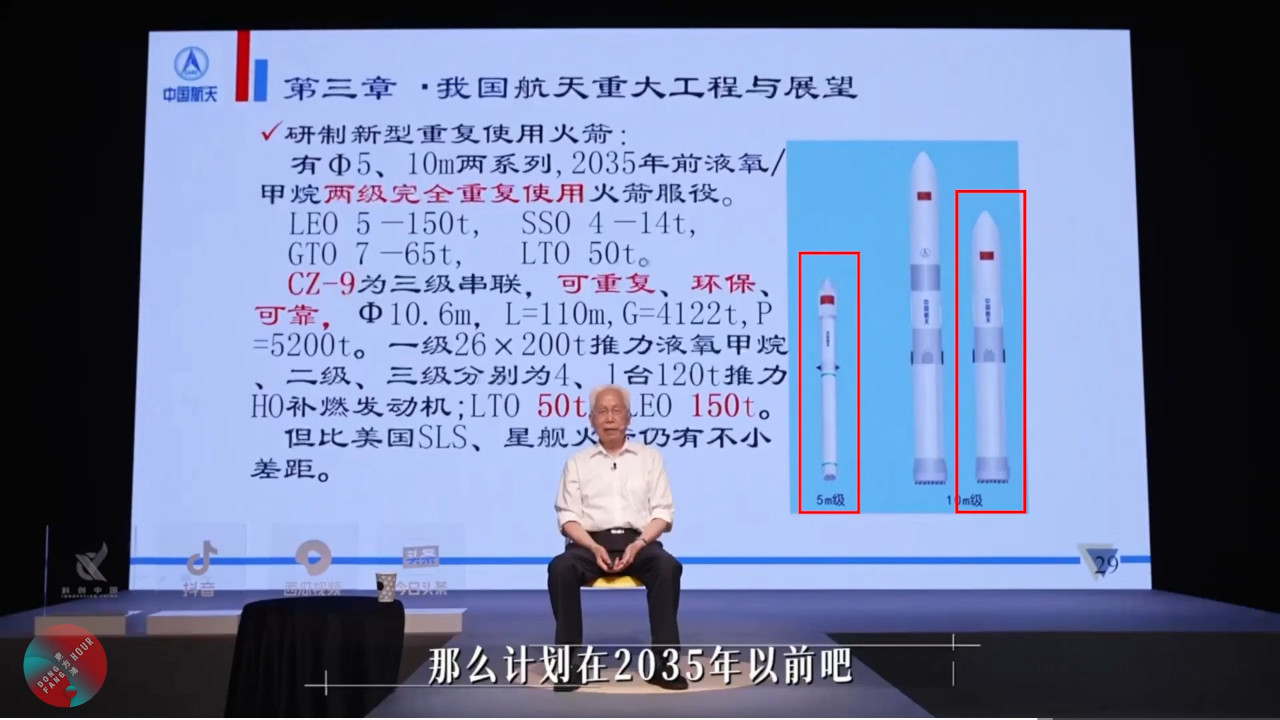Recently two person were interviewed to talk about prospective deep space missions and future heavy rockets. The chief designer of the lunar missions Wu Weiren, and Long Lehao, the chief designer of LM rockets. Wu Weiren divided the topic of future deep space missions into four parts.
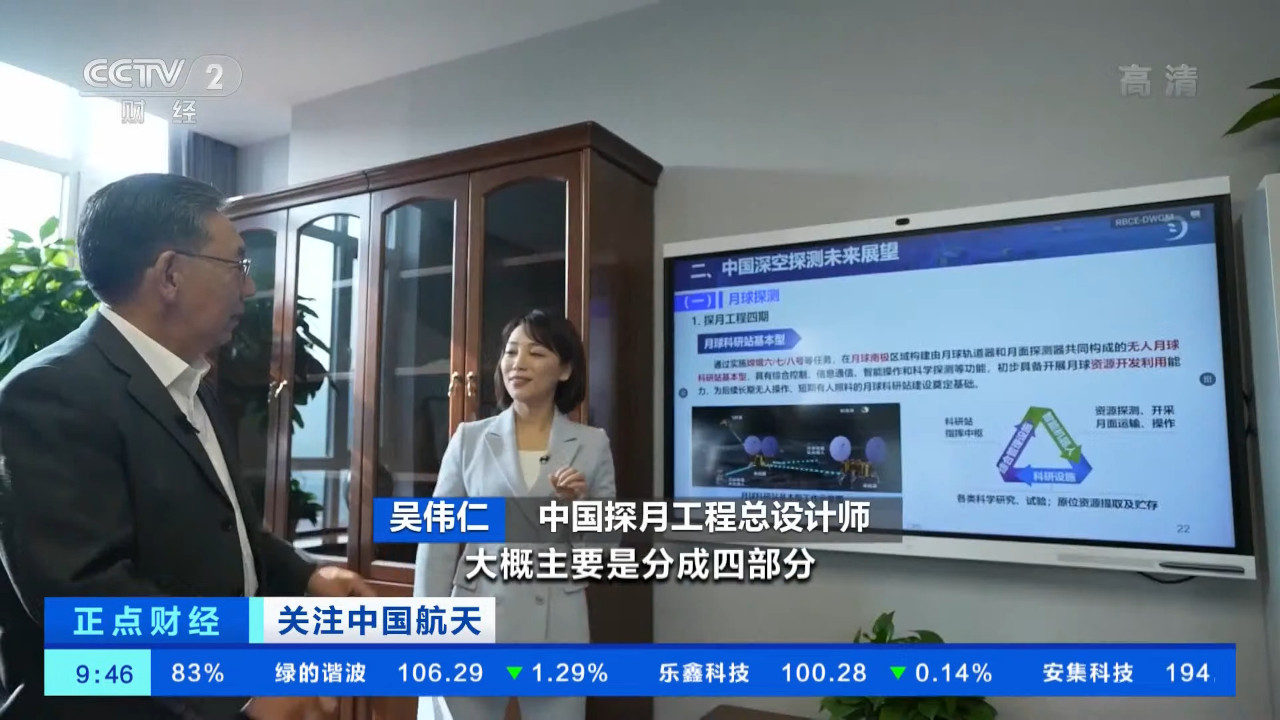
1. Lunar Missions
The first part is the lunar mission in the fourth phase of the lunar programme, to be implemented by CE-6, CE-7 and CE-8 in this decade. A long term unmanned and short term manned lunar station will start construction by these missions, in particular by CE-8 at the end of this decade.
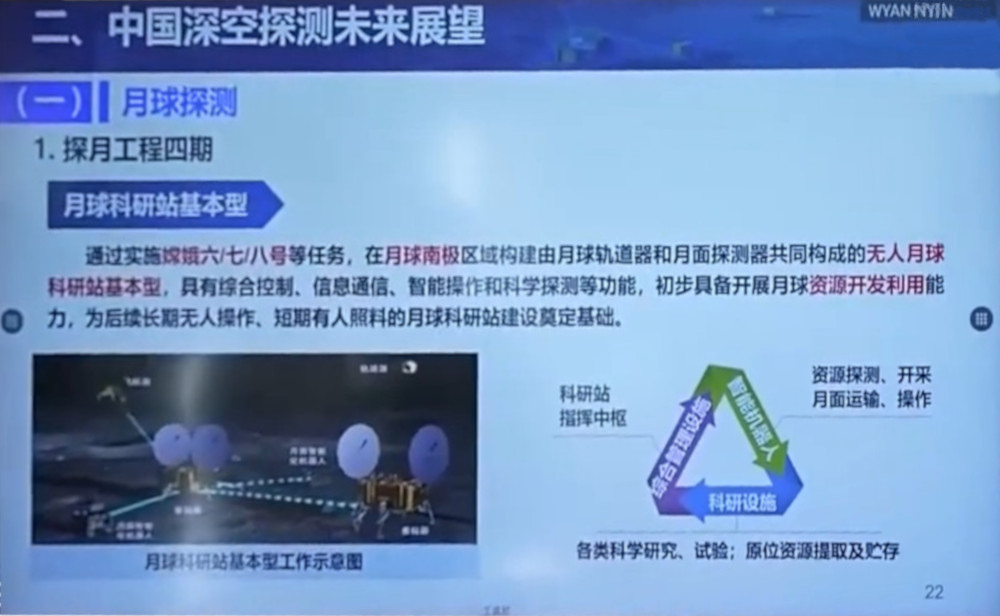
Chang'e lunar mission was sanctioned in 2004, and started with the launch of Chang'e 1 lunar orbiter in Oct 2007. CE-2 is basically a backup of CE-1.
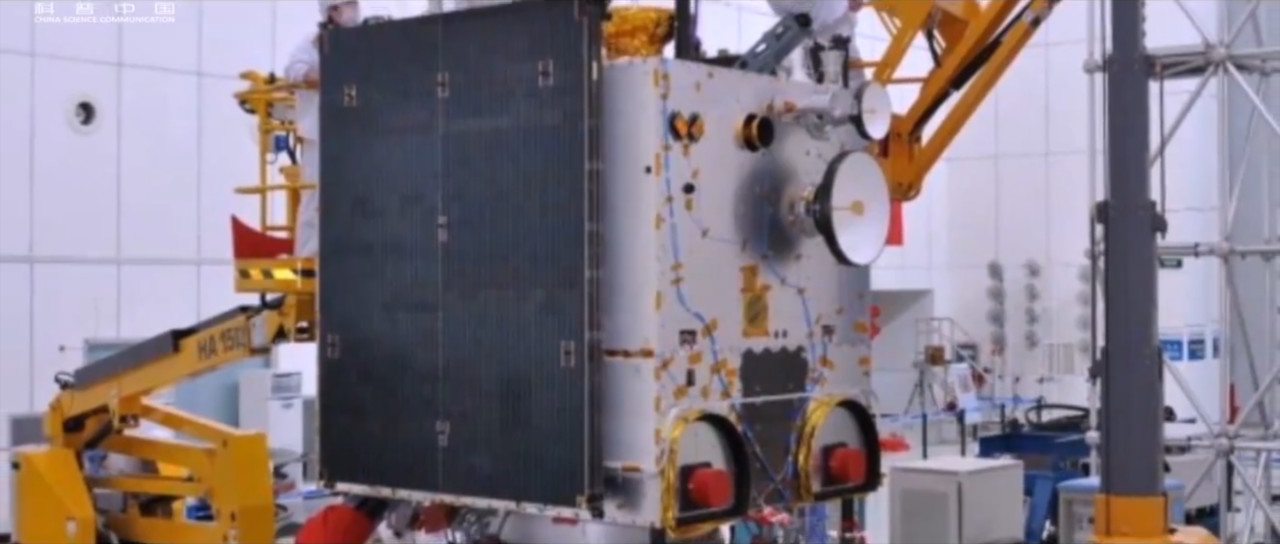
Chang'e 3 lunar lander and rover mission was carried out in Dec 2013. The Yutu-1 rover couldn't move after a month. It was follow up by CE-4 mission, where Yutu-2 operated for at least 44 lunar day by Jul 2022, or 3 years and 8 months. By now it should be approaching fourth year of operation.
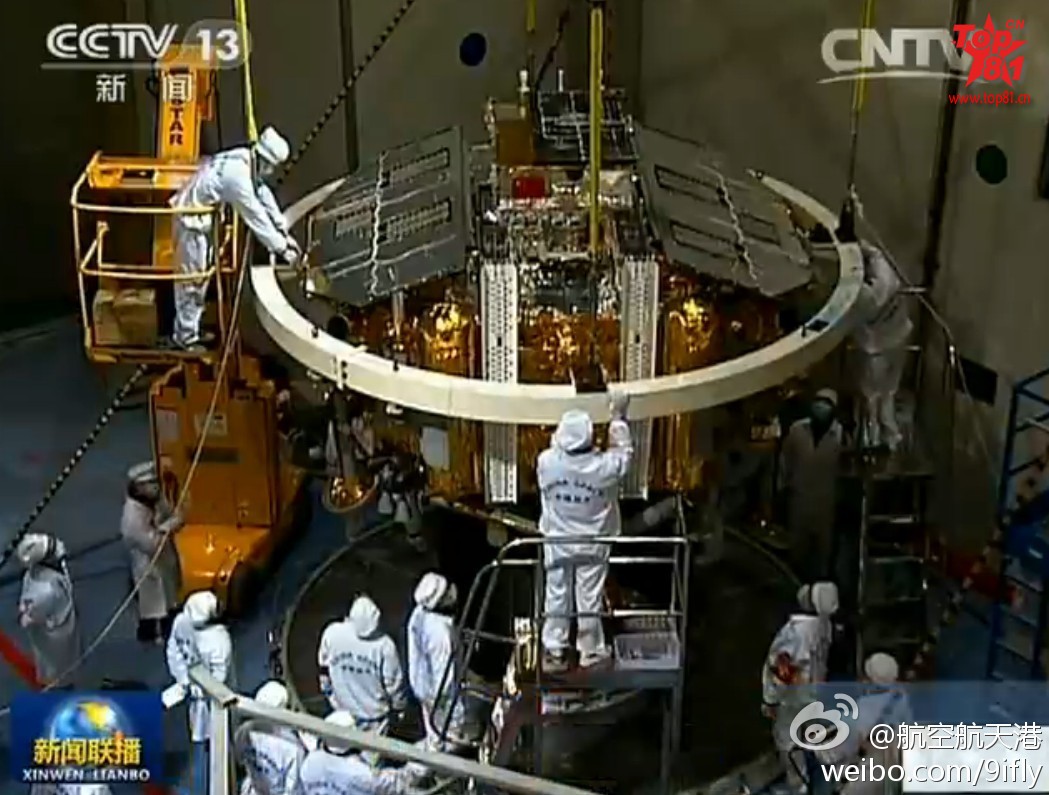
Chang'e 5 lunar sample return mission was carried out in Nov 2020, launched by CZ-5, which means similar to CSS, the mission was delayed by two years. CE-6 is a backup of CE-5, now it has moved into phase 4 of lunar missions, and will be launched to collect sample at the far side of the moon in 2024.
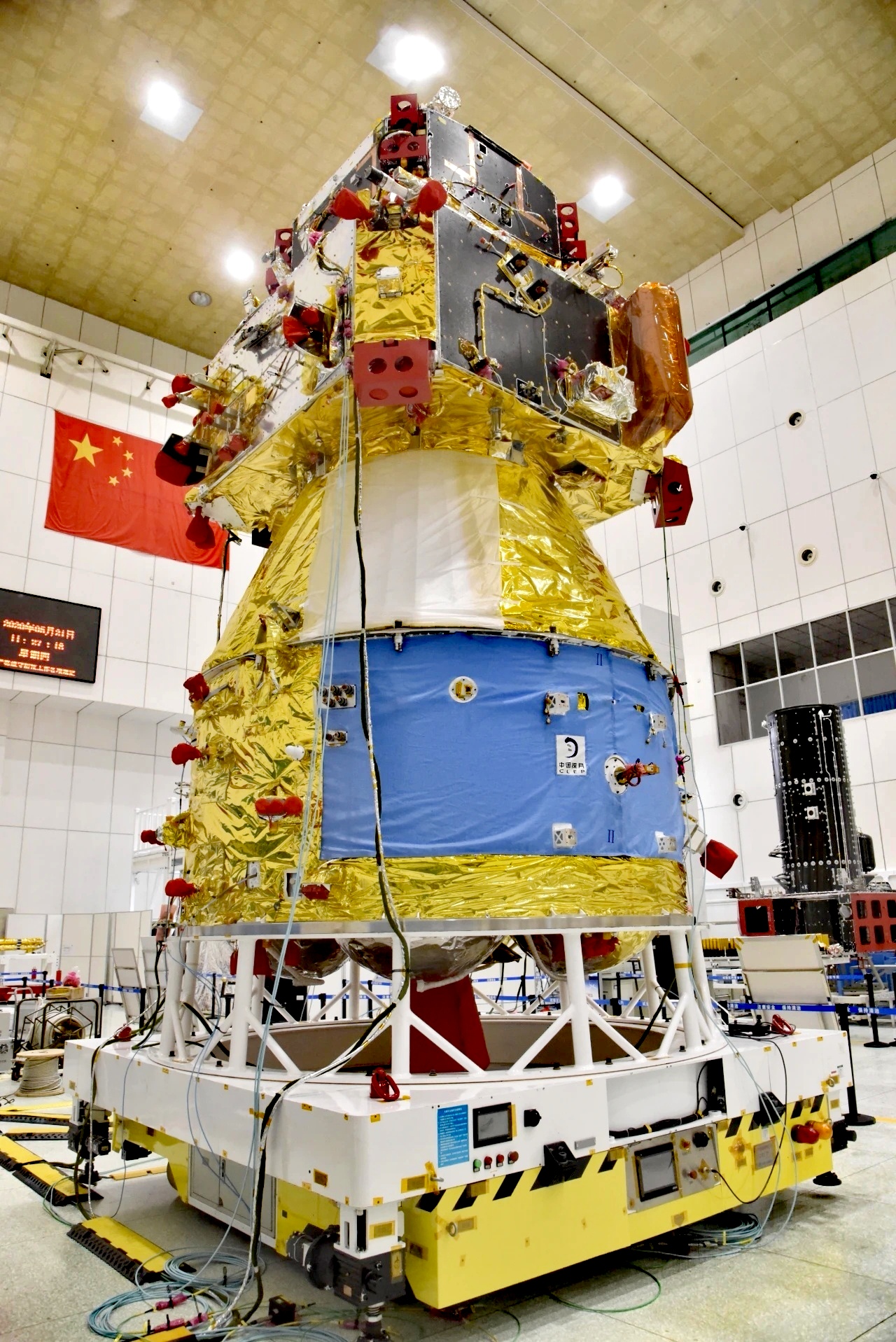
Chang'e 7 consists of orbiter, lander, rover, and hopper. Its mission is to investigate resources and environment near the lunar south pole in preparation for the constuction of the lunar station. It will be launched by 2026. The second relay satellite Queqiao-2 will be launched by 2024.
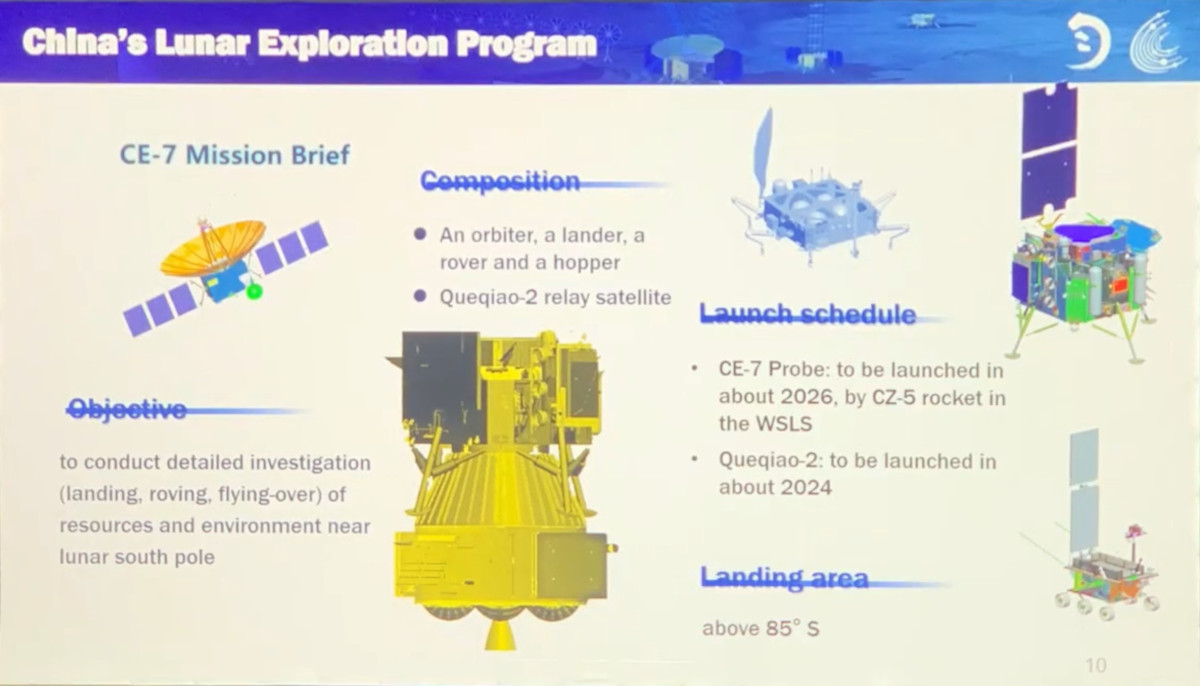
For international space coorperation, CE-7 has a orbiter and a rover piggy back opportunity. With the signing of space coorperation with UAE, Chang'e 7 is expected to land UAE's rover on the moon.
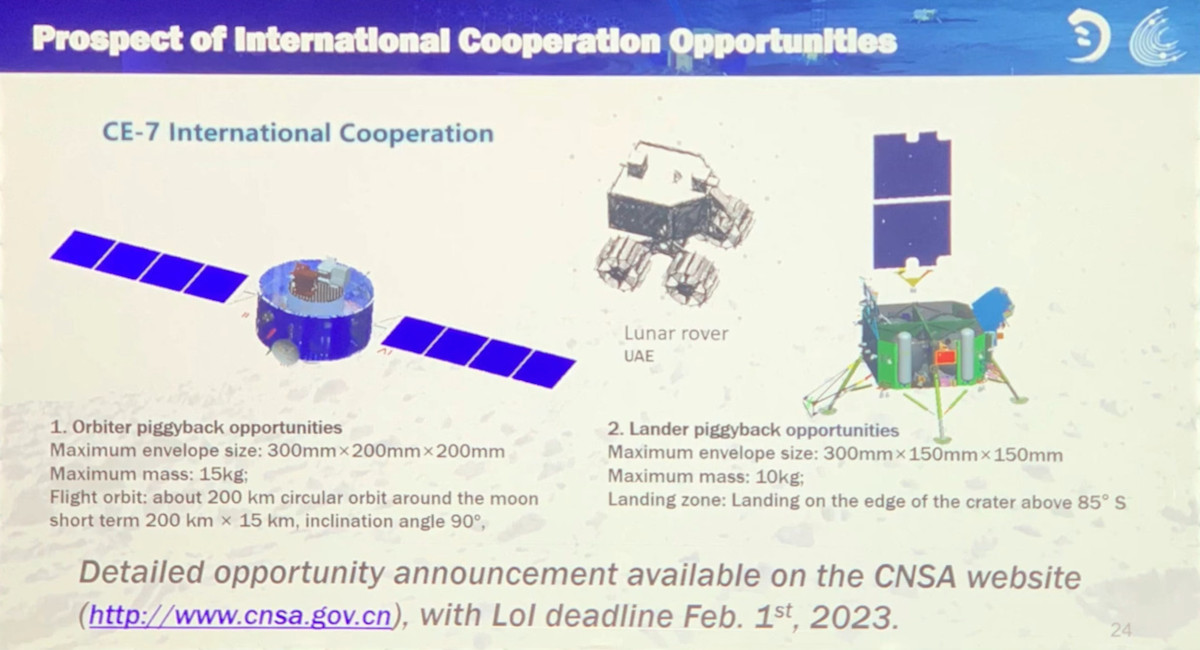
Chang'e 8 will start the construction of the lunar station by 2030. ILRS lunar research station as exhibited in Zhuhai.
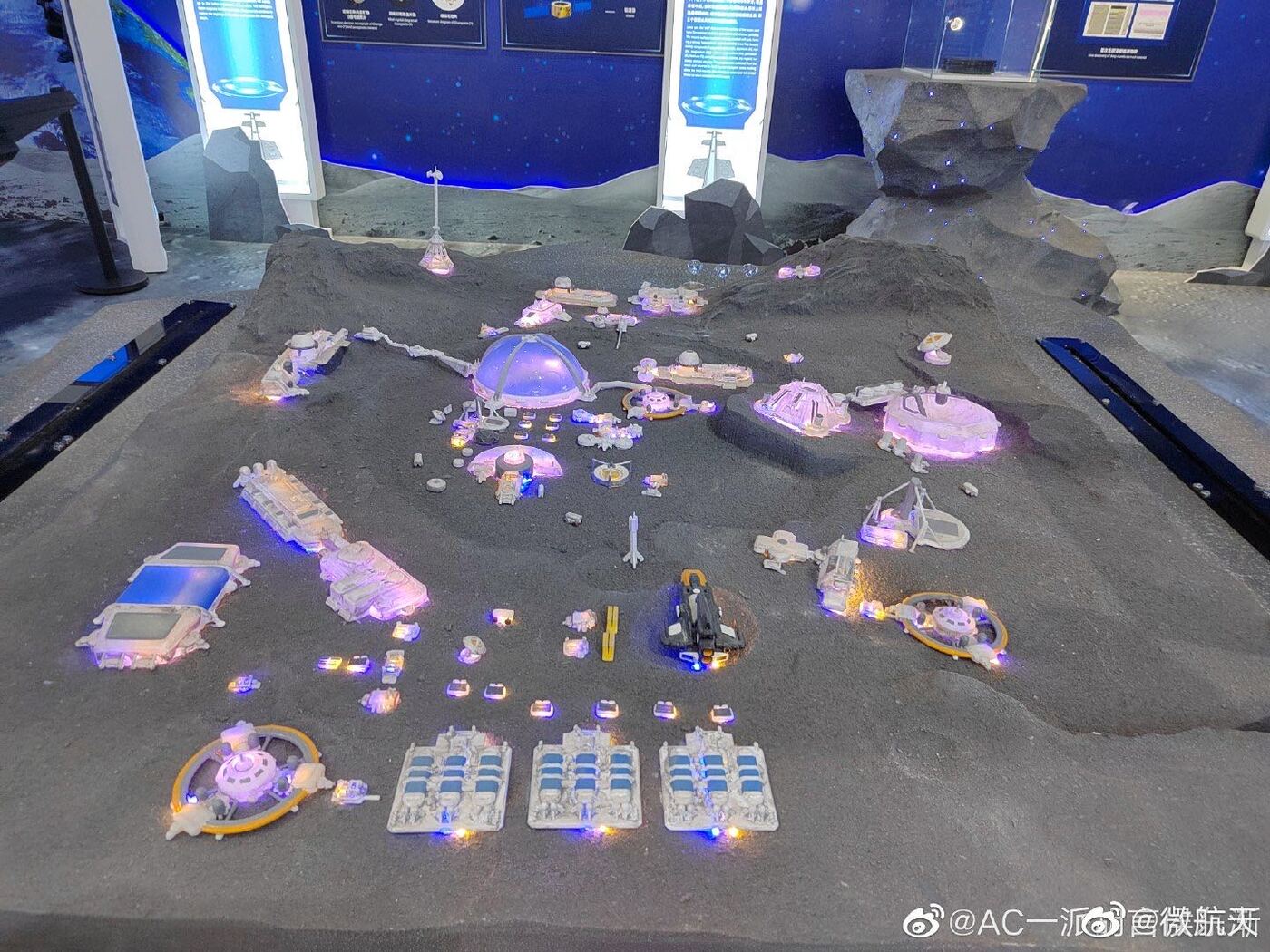
The lunar station is unmanned but can be visited by manned missions for short term stay. Mining of lunar resources to create oxygen and water will be explored.
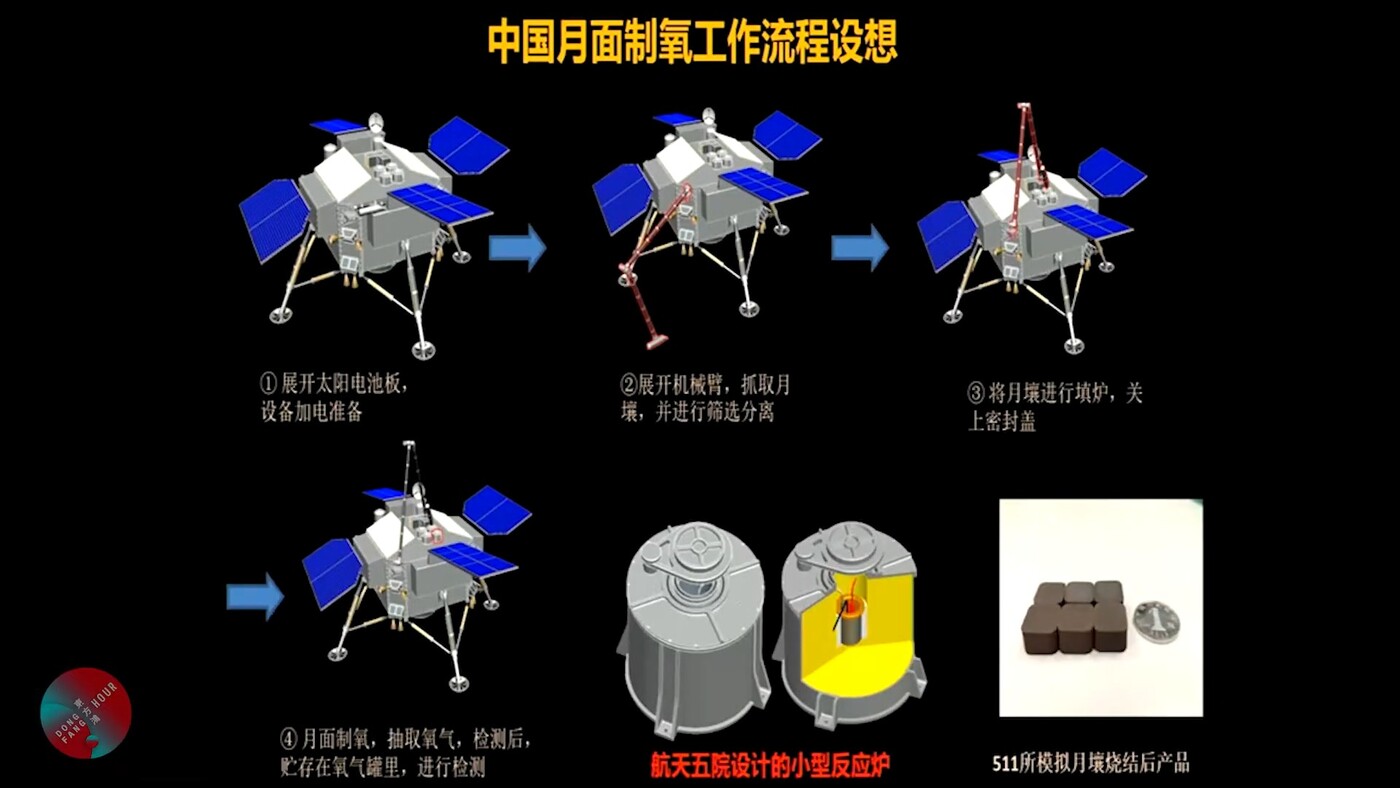
2. Asteroid Missions
The second part is the asteroid missions.
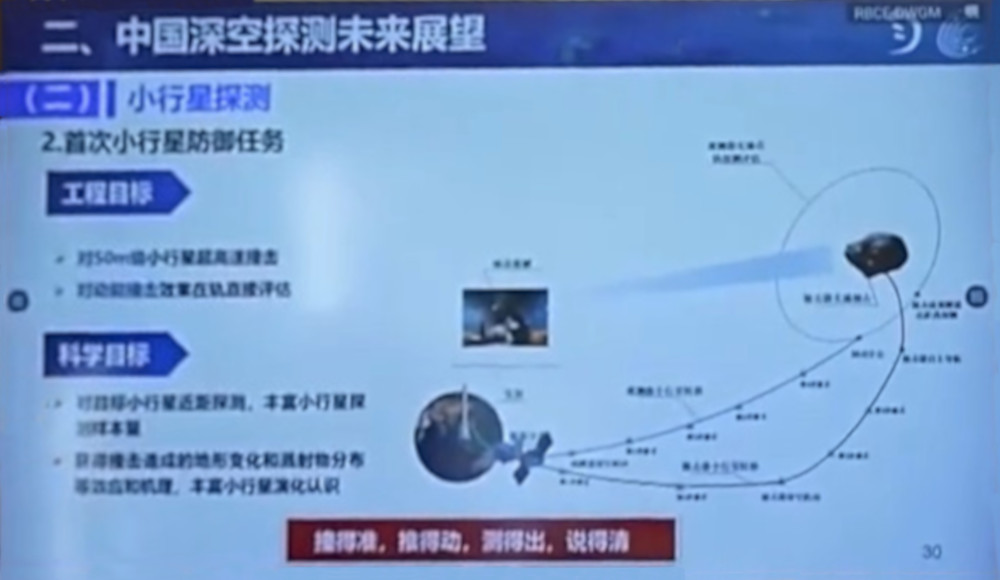
Either an asteroid sample return mission or an impact mission will be carried out.
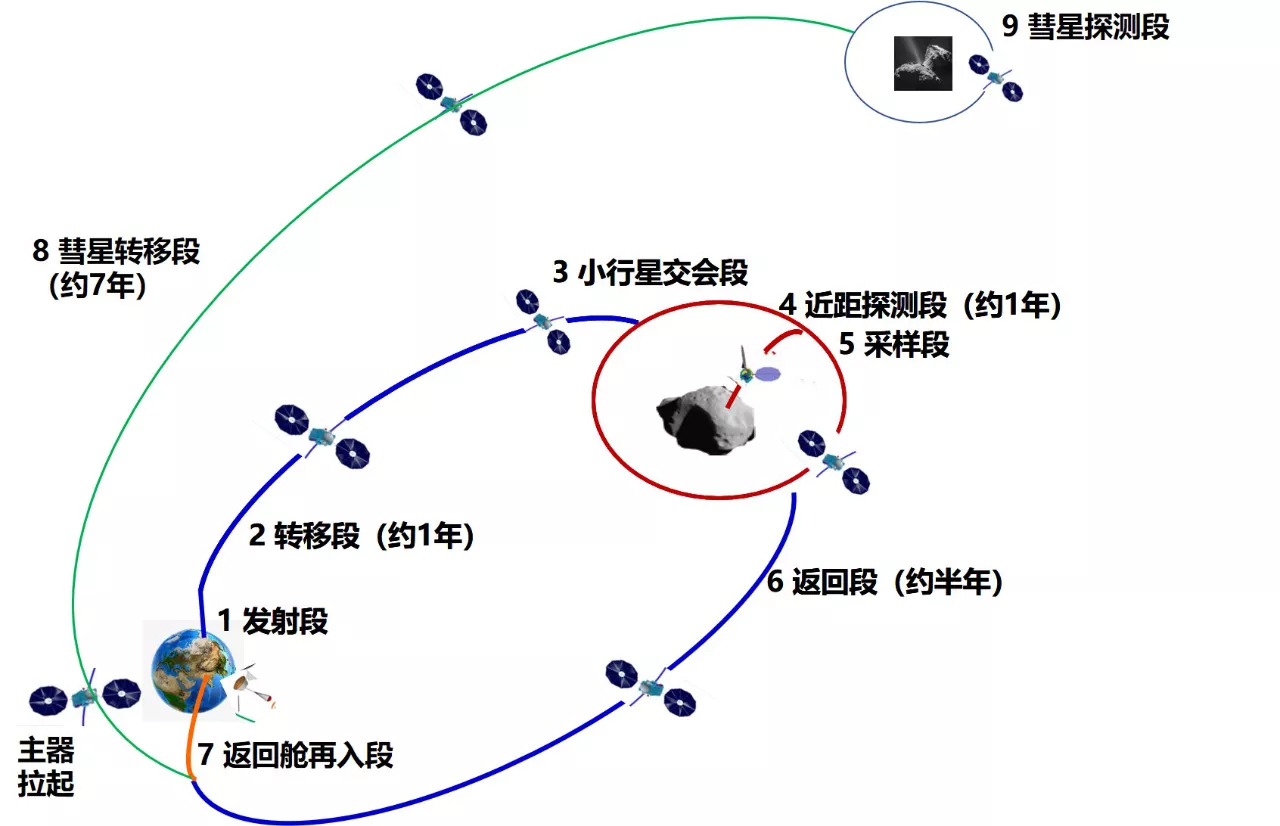
3. Planetary Exploration Missions
The third part are the deep space planetary exploration missions. There're three area of focus, the first is within 0.05 AU, probably meant the moon exploration. The second is reaching any planet within 20 AU distance, ie. Venus, Mars, Saturn, Jupiter, Neptune and Uranus. The third is 60-100 AU distance, reaching the edge of the solar system and beyond 100 AU.
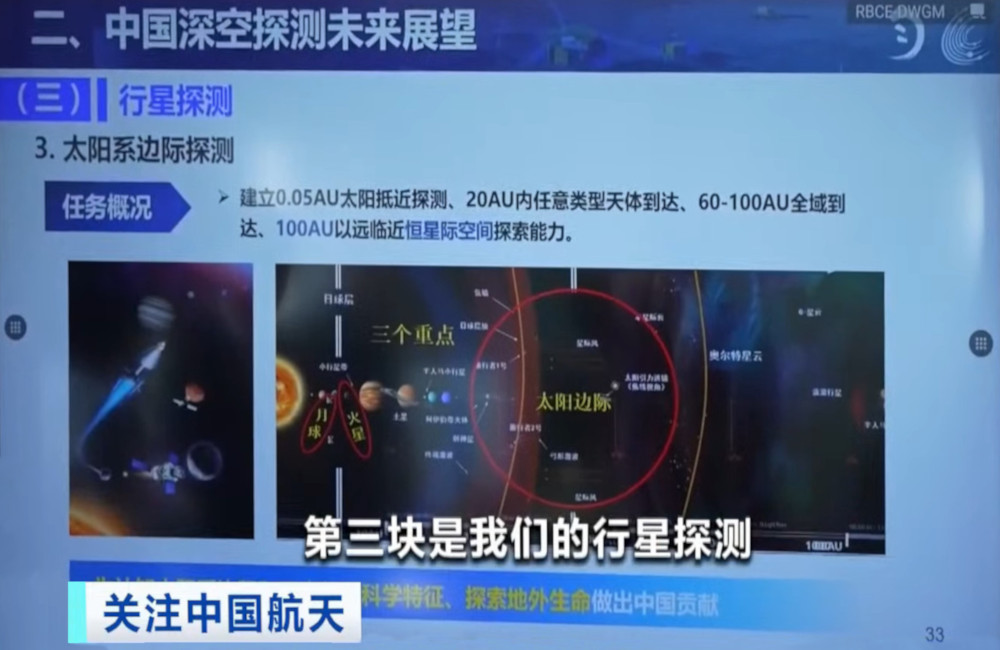
Tianwen-1 Mars mission was carried out in Jul 2020.
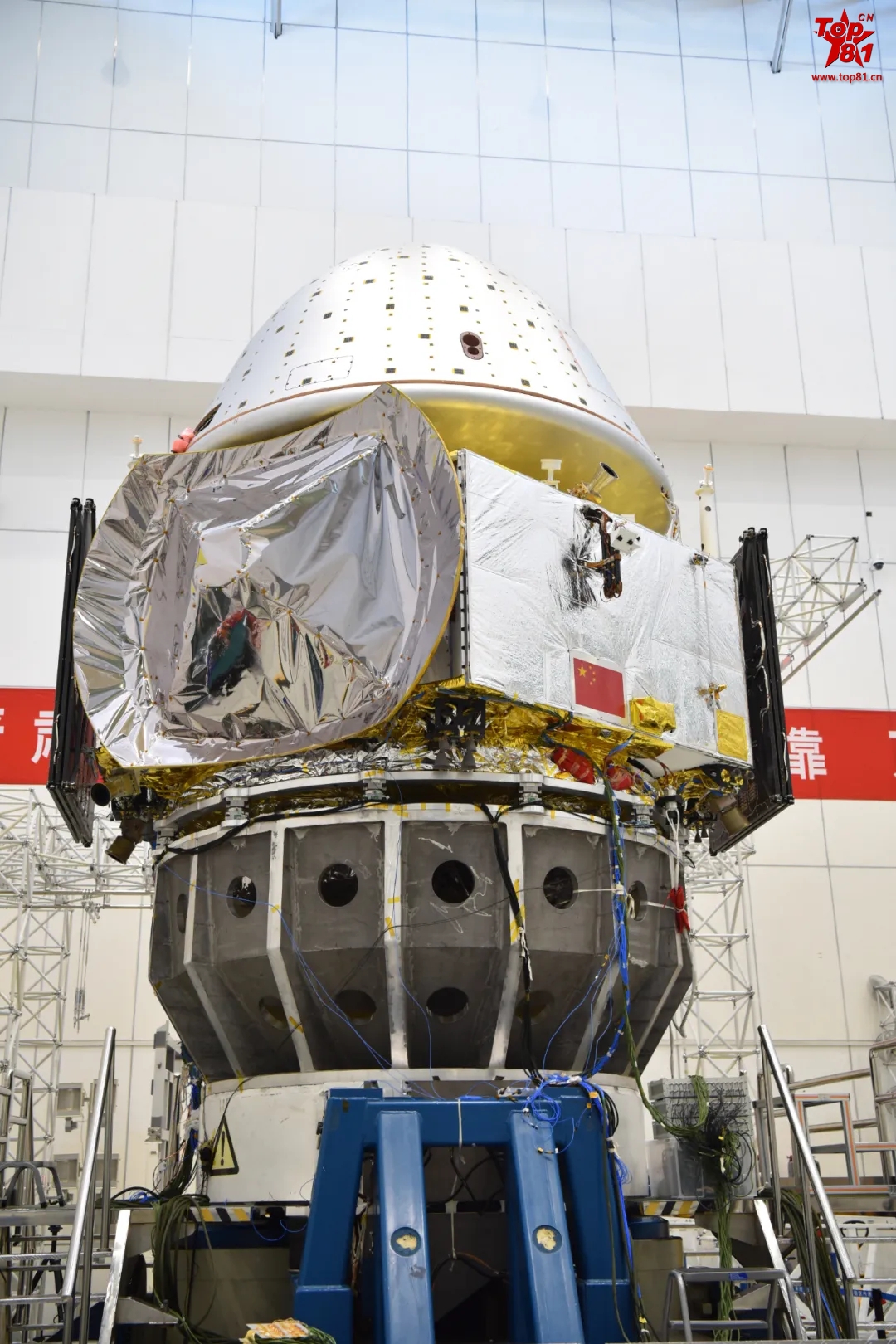
TW-1 reached Mars in 2021, and landed Zhurong Mars rover.
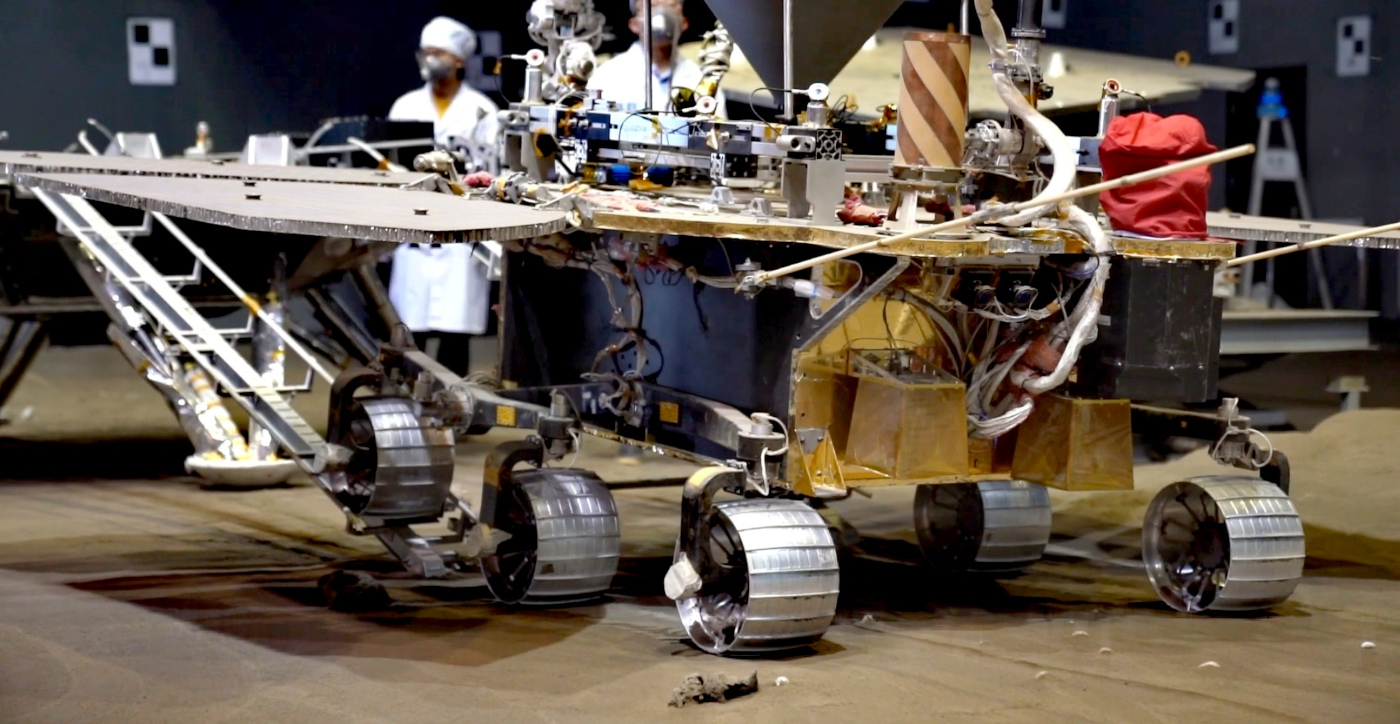
Timeline for other deep space exploration missions include asteroid missions to be launched around 2024, asteroid sample taken around 2026. Mars sample return mission to be launched around 2028, and return by 2030. Planetary exploration to be launched by around 2029 and reached Jupiter by 2036, and Uranus by 2049.
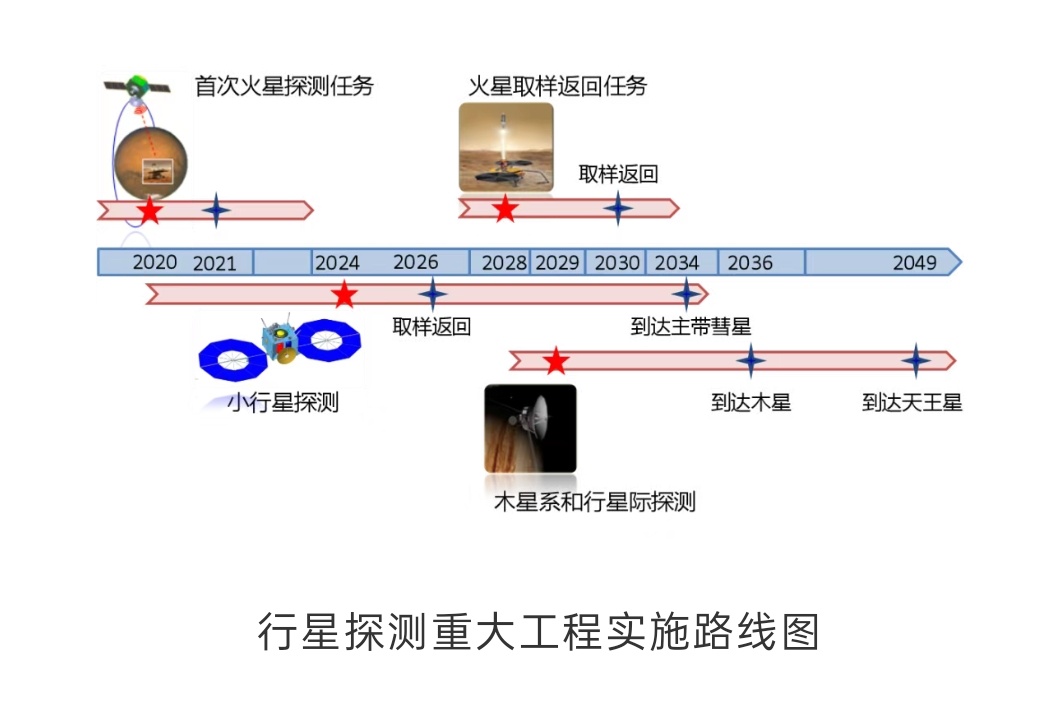
Not specified in the time line is the Venus mission.
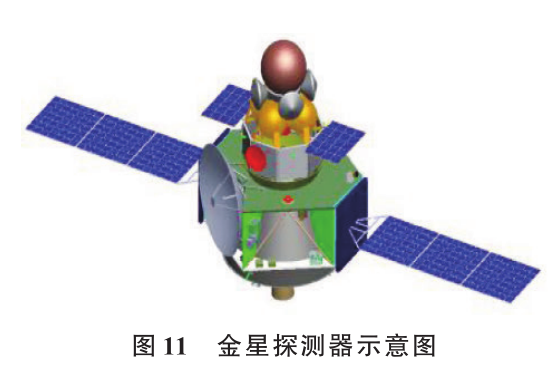
4. Heavy Lift Rockets
The fourth part are the current and future heavy lift rockets that will power China's future deep space missions.
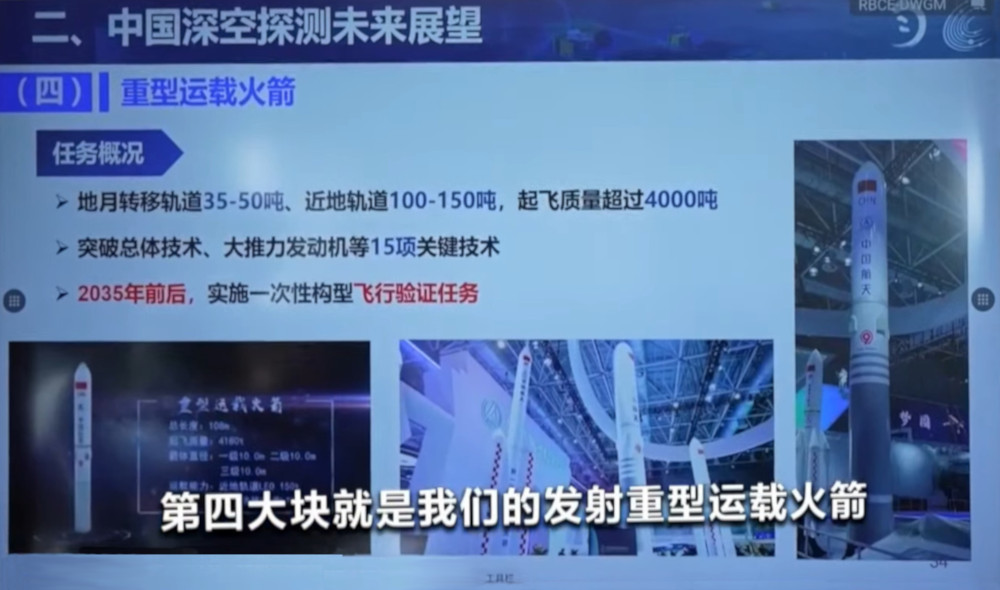
The three heavy lift rockets presented in Zhuhai 2022, CZ-5, Project 921/CZ-5DY, and CZ-9.
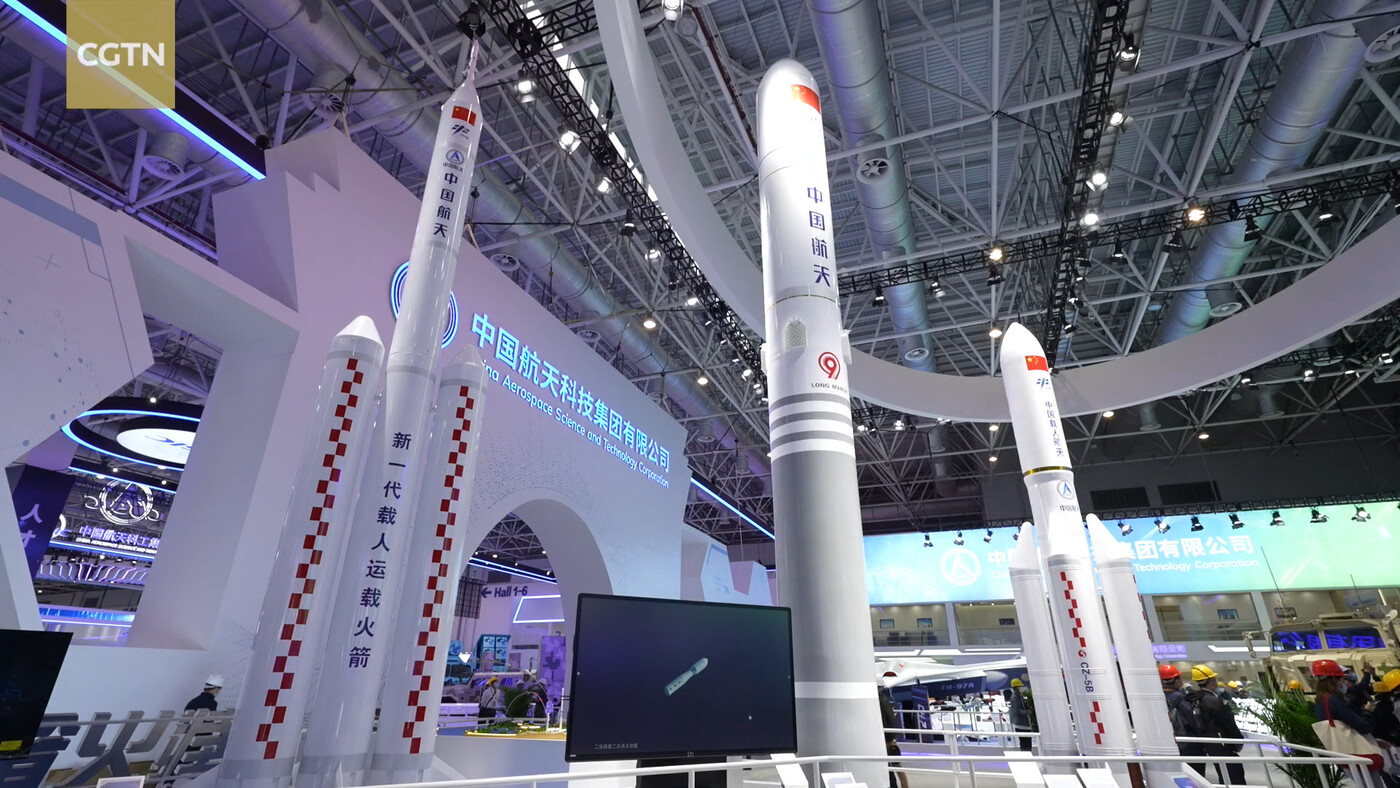
Two version of CZ-5 in use today, CZ-5 and CZ-5B.
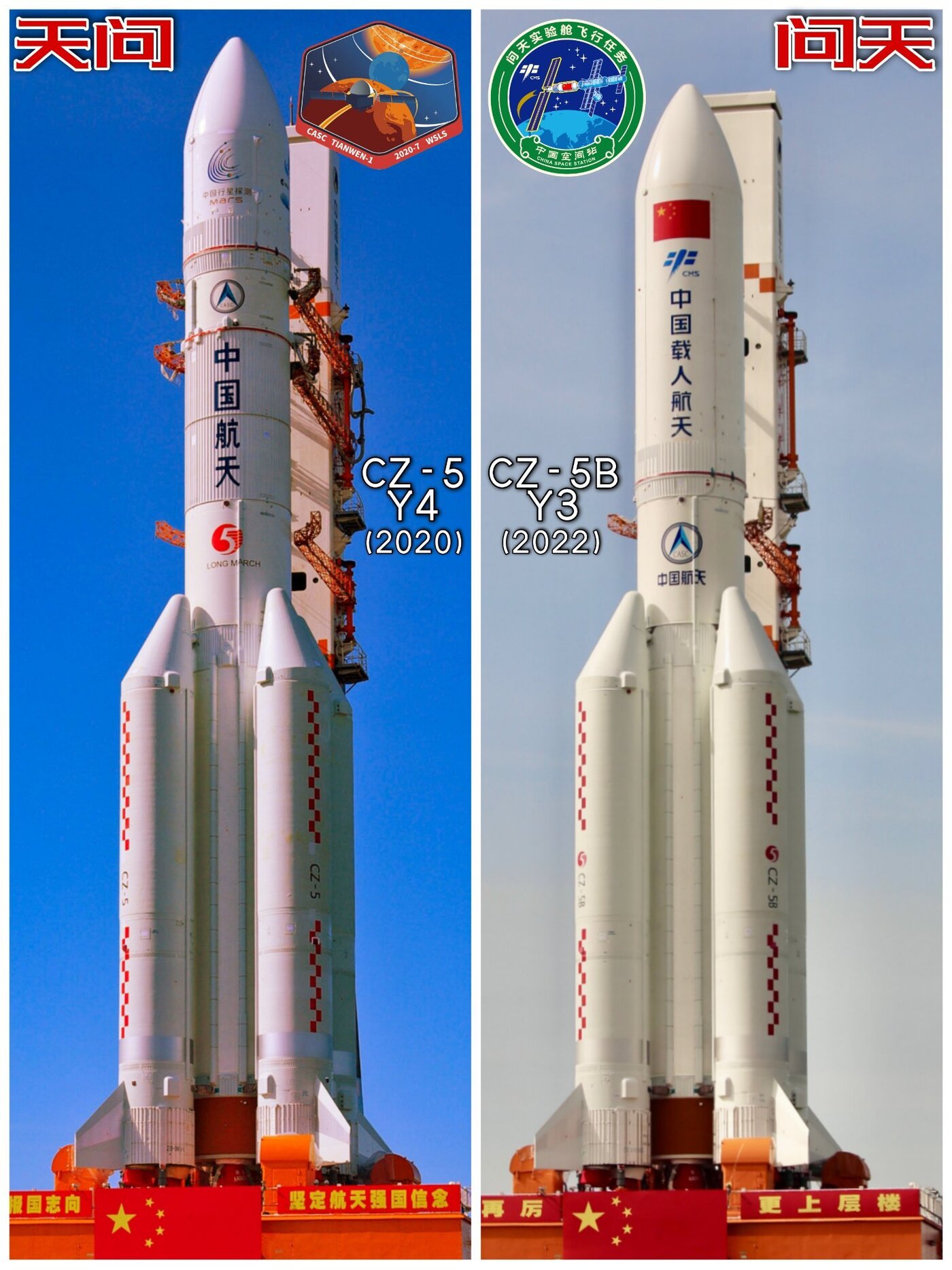
Compared to ESA/French Ariane-6 which first flight has been delayed to first half 2023, CZ-5 has higher payload of 25 tons to LEO compared to 23.65 tons to LEO of Ariane 6.
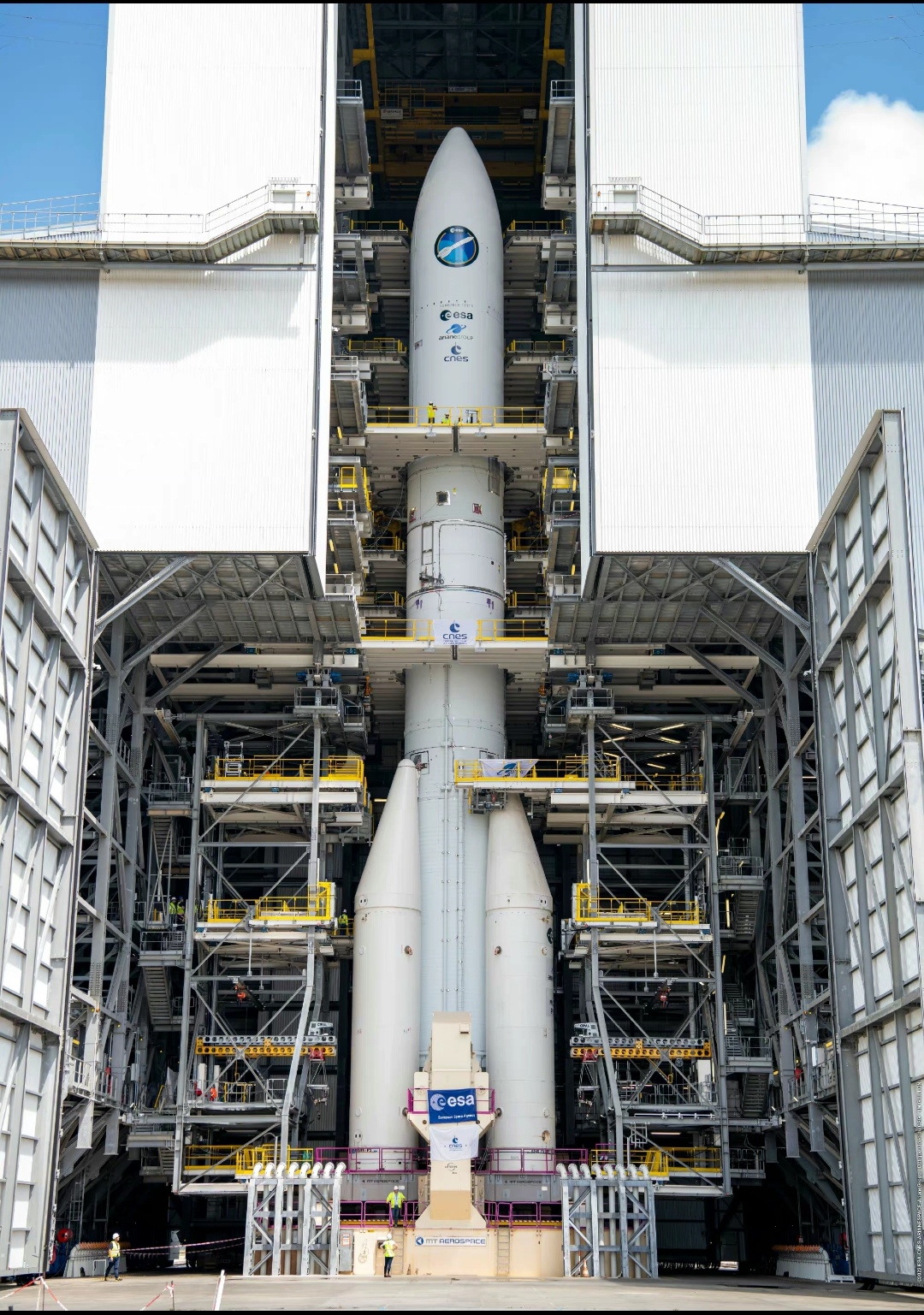
Project 921, or as Lnog Lehao put it, as it consists of three CZ-5 core stages, it is dubbed as the CZ-5DY. Capable of launching 70 tons to LEO, it wull be mainly used in China's manned mission to launch the next generation manned spacecraft, as well as manned lunar landing.
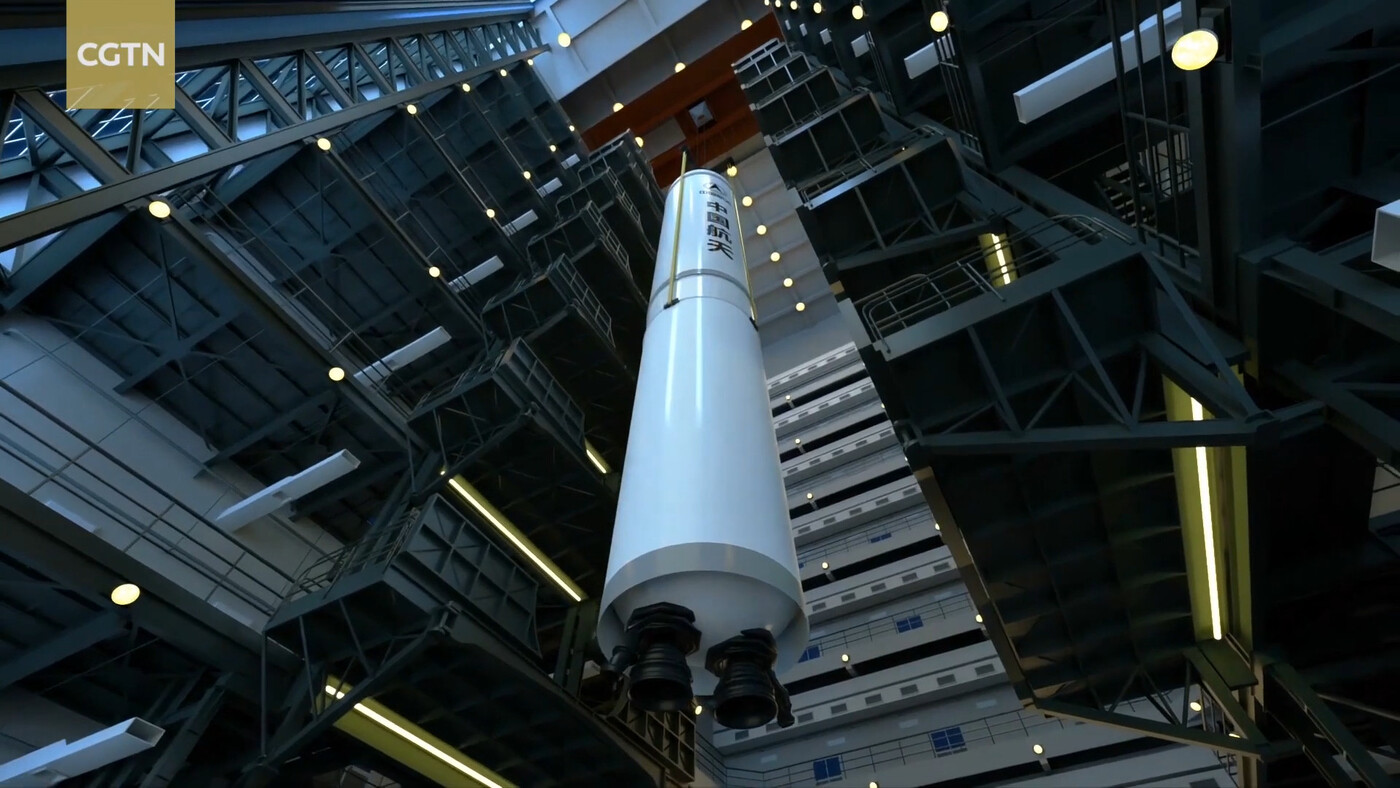
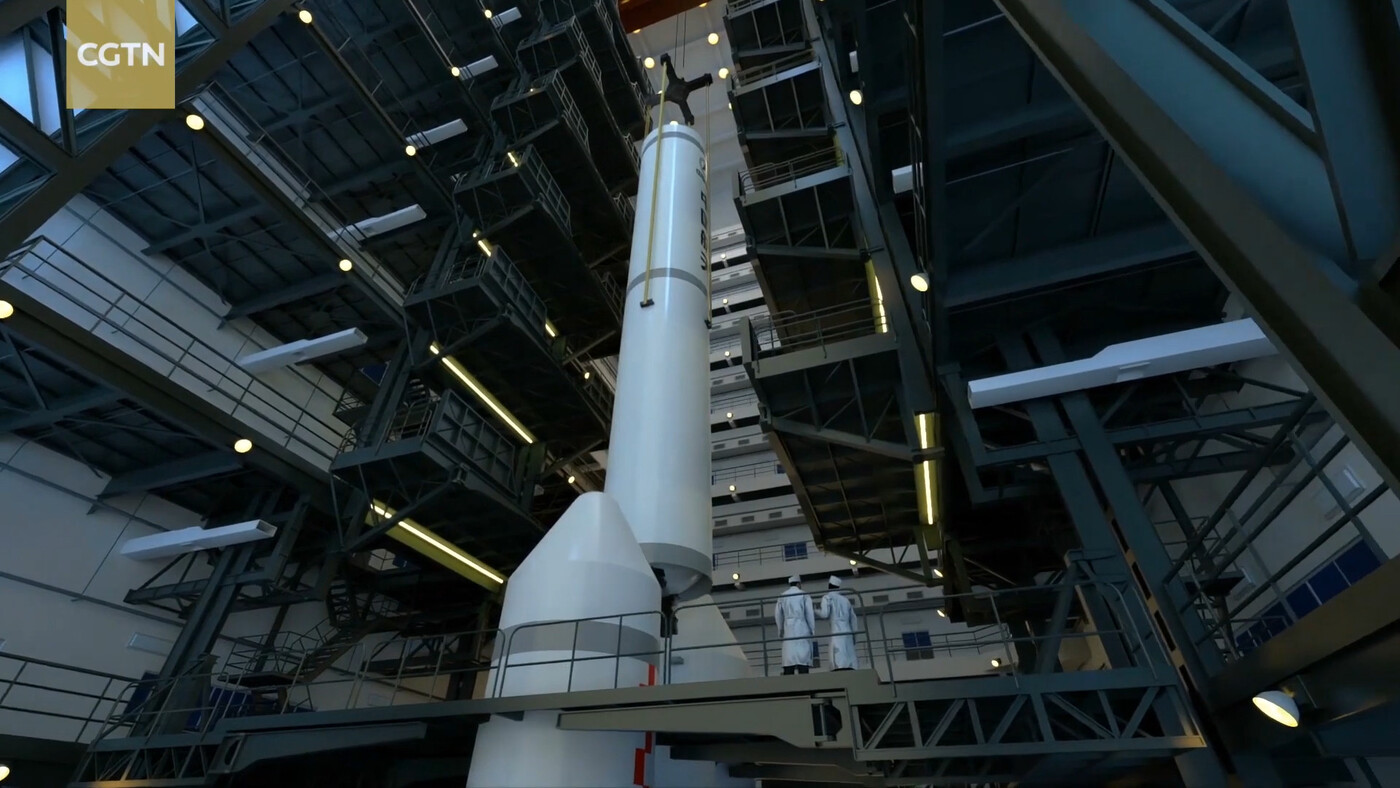
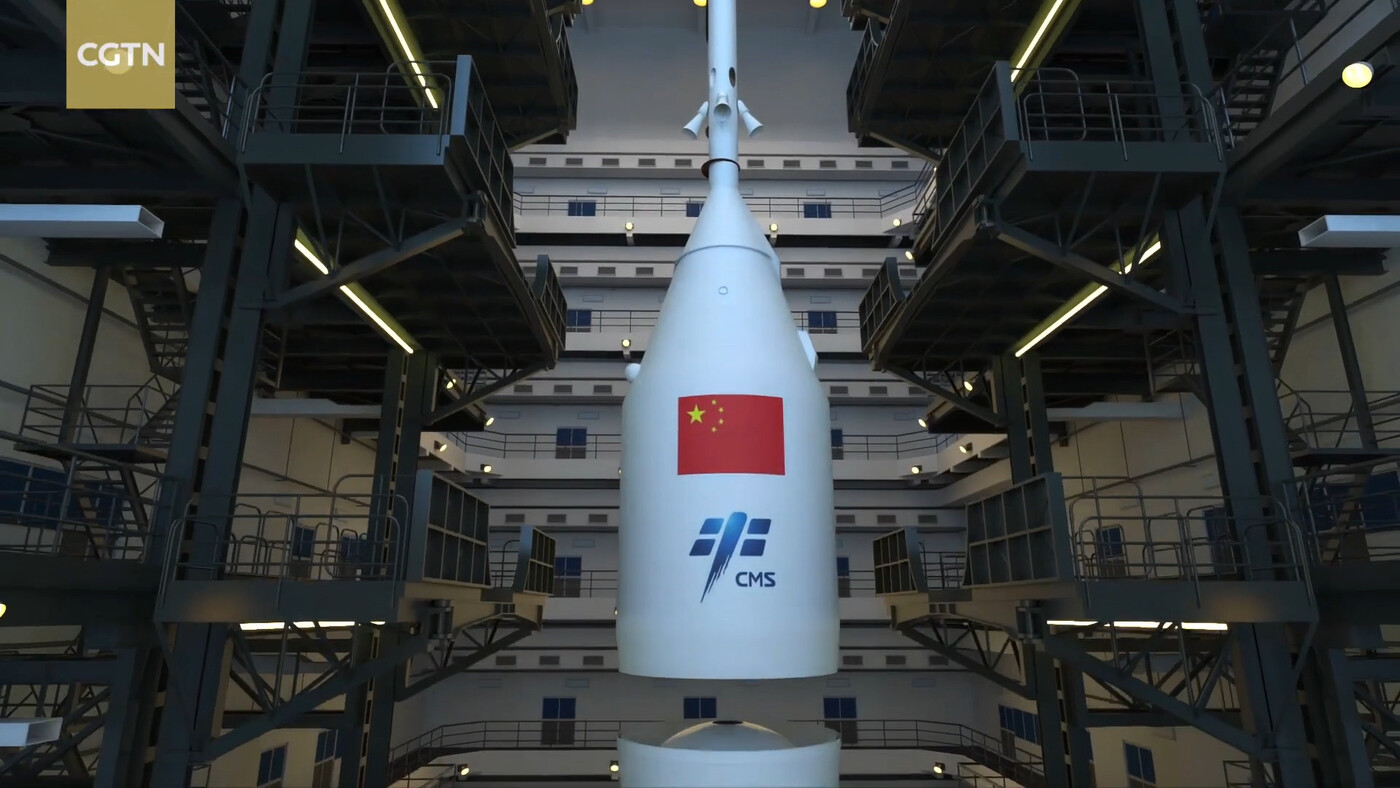
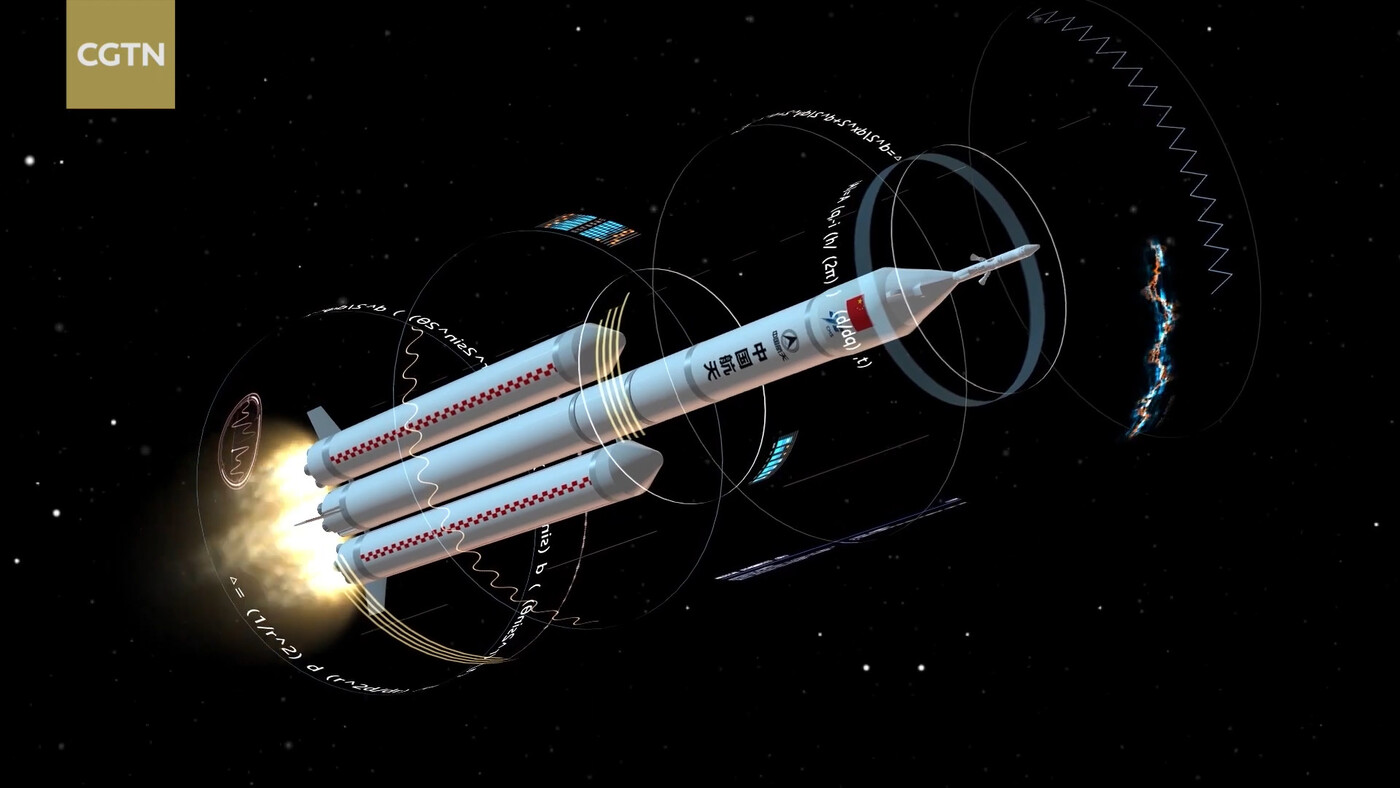
CZ-5DY expected to launch the next generation manned spacecraft, which has a LEO version and a LTO version.
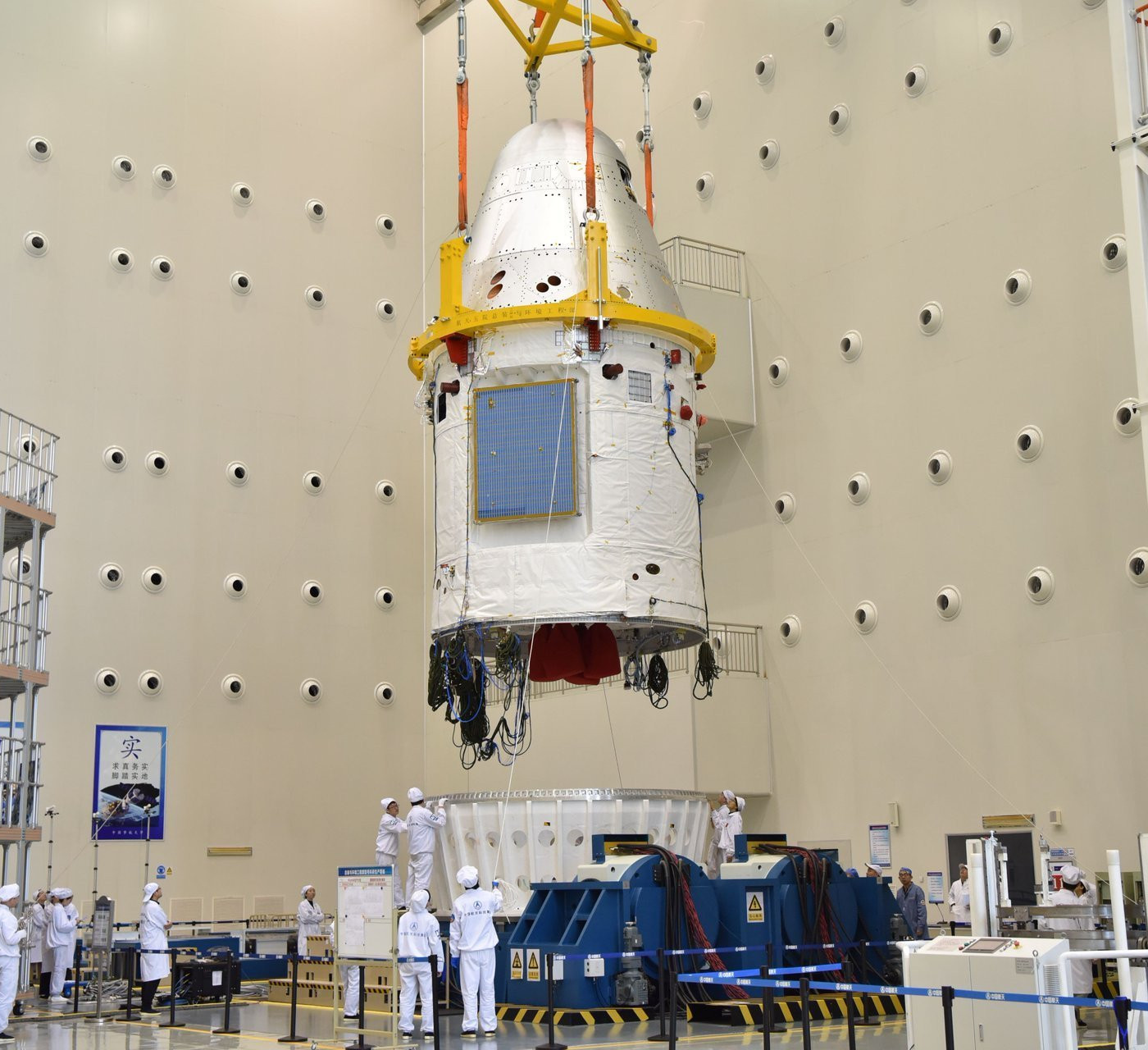
CZ-5DY expected to be used in Chinese manned lunar landing before the end of this decade, between 2028 to 2030.
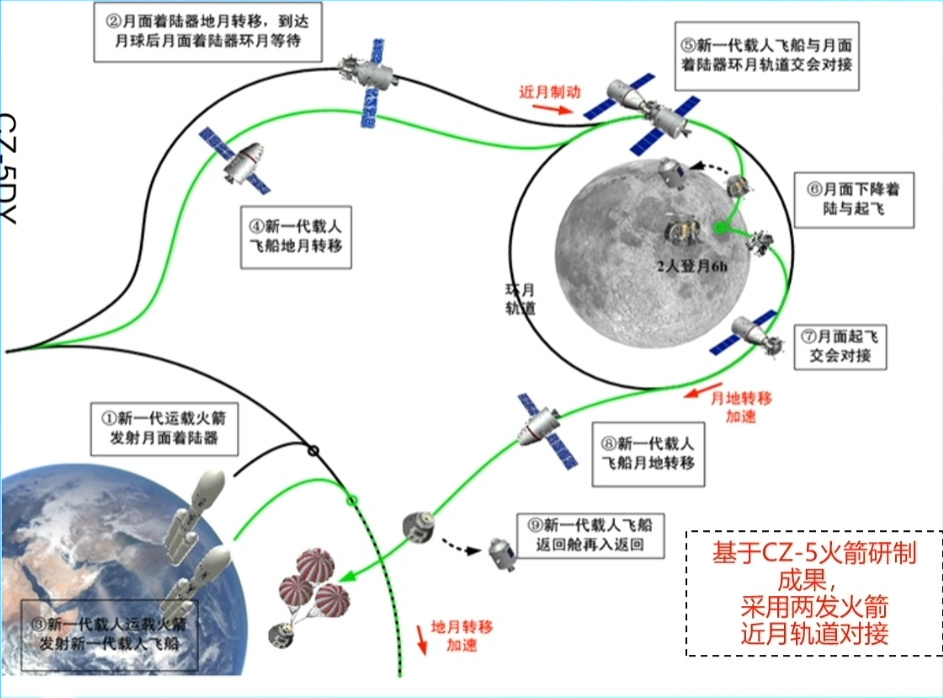
CZ-5DY will achieve first flight by 2026.
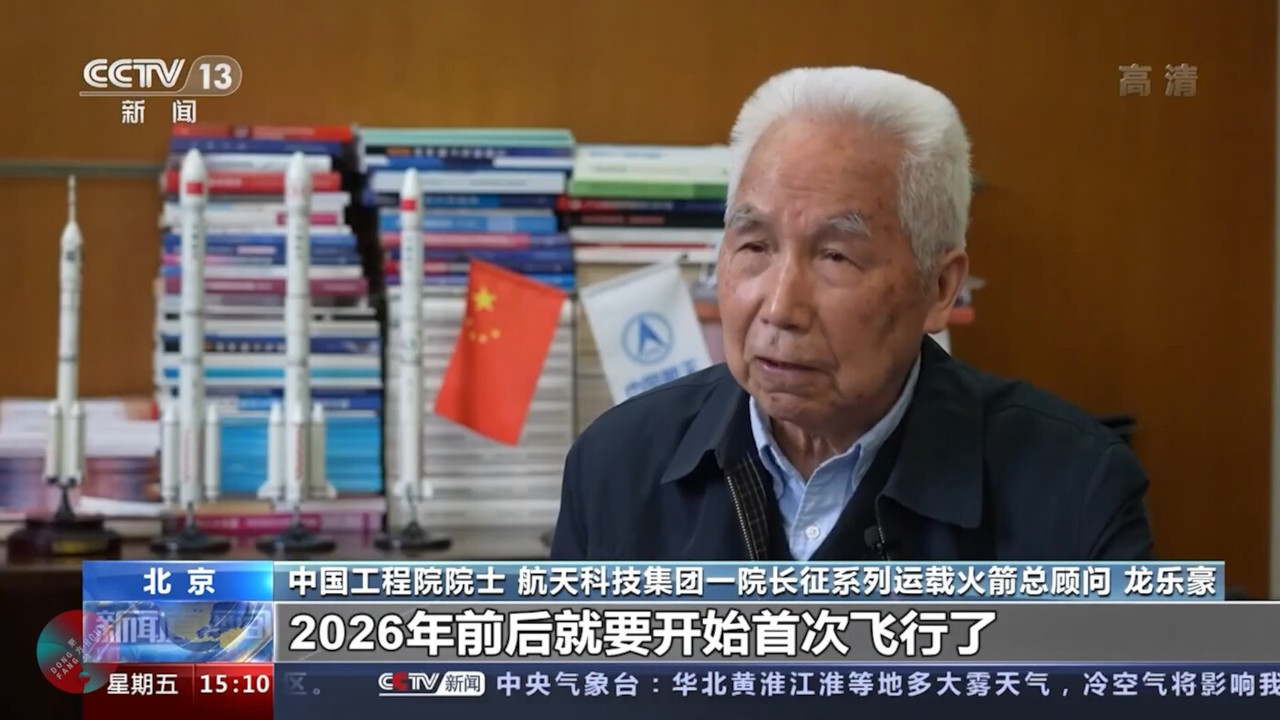
Five versions of CZ-9 has been identified by Dongfang Hour, a youtuber on Chinese space projects who is quite informative. Worthy to check out his channel.
The initial version dubbed as the CZ-9 2011 edition, or version 11 for short, consists of three and a half stages using the originally planned 480 ton thrust YF-130 for the core and booster stages, 2 x 220 ton thrust YF-90 used in the second stage, and 4 x 20 ton thrust YF-79 used in the third stage. Payload to LEO, Moon and Mars are 140 tons, 50 tons, and 44 tons respectively.
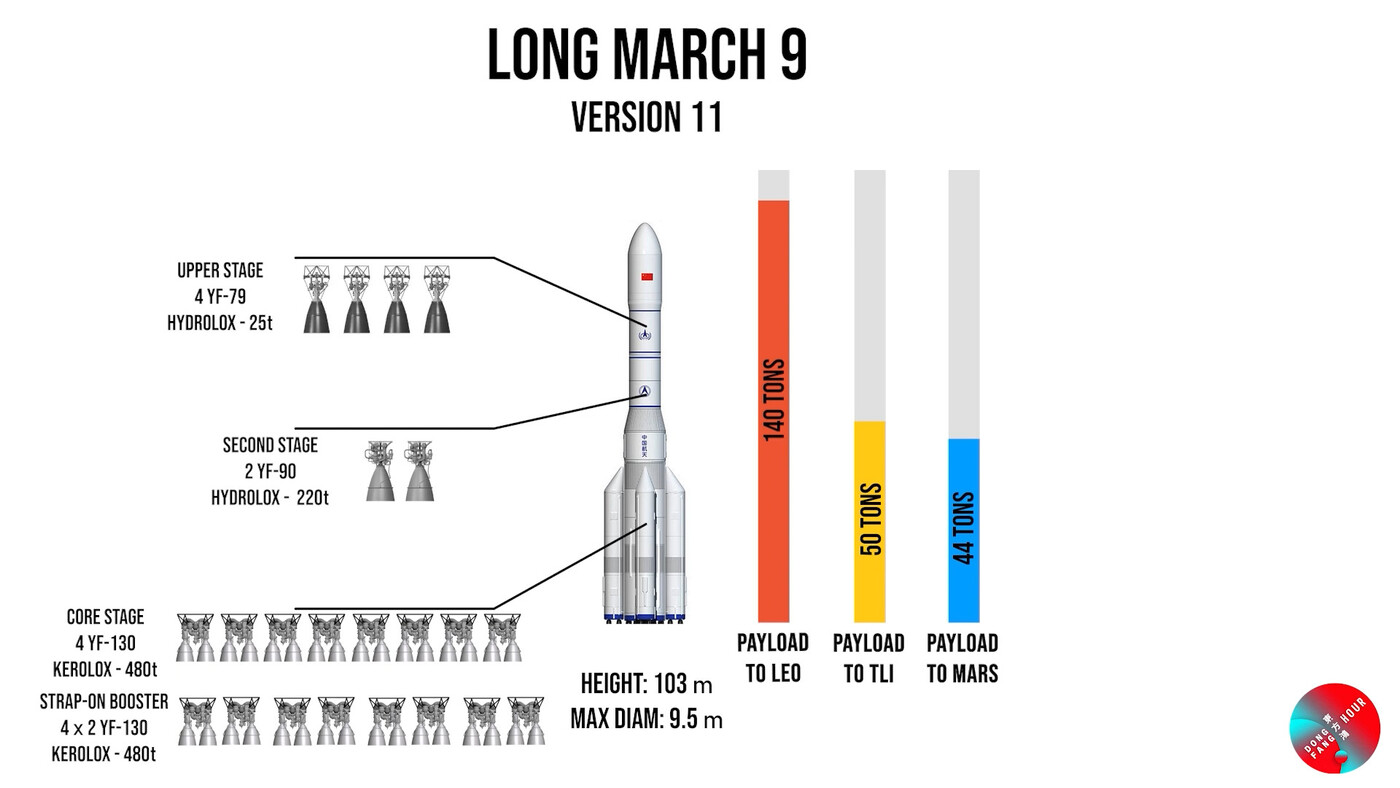
In 2021, CZ-9 has given up the boosters, dubbed the 2021 edition or the version 21. It uses 16 x 360 ton thrust YF-135 for the core stage., 4 x 120 ton thrust engine for the second stage, and 1 x 120 ton thrust engine for the third stage. YF-135 is supposedly derived from YF-130 with single nozzle. Version 21 payload to LEO and Moon has been increased to 150 tons and 53 tons respectively.
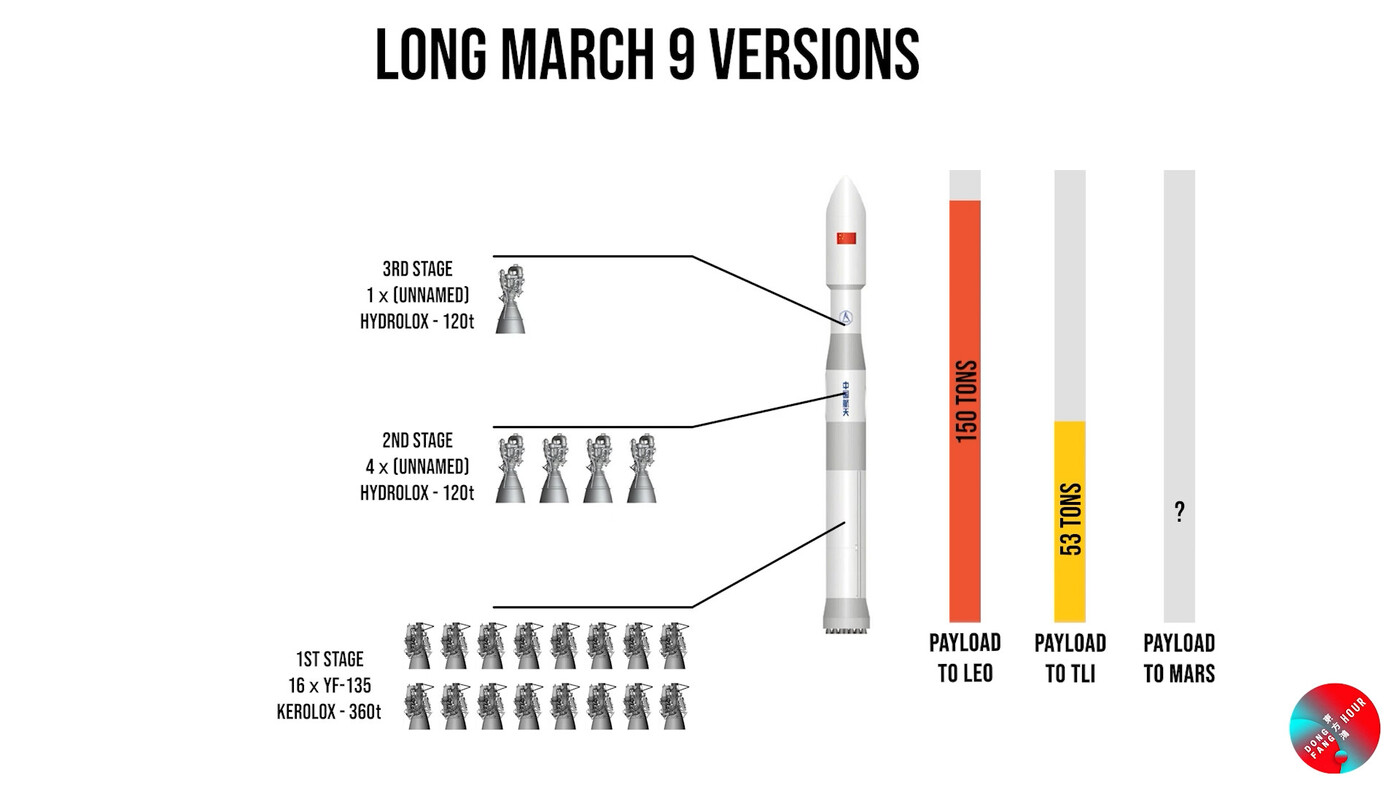
Then a 2022 edition or version 22 was spotted. It uses 26 x 200 ton thrust engne in the core stage. Second and third stage remain the same as the version 21. This is the first reusable CZ-9 proposal.
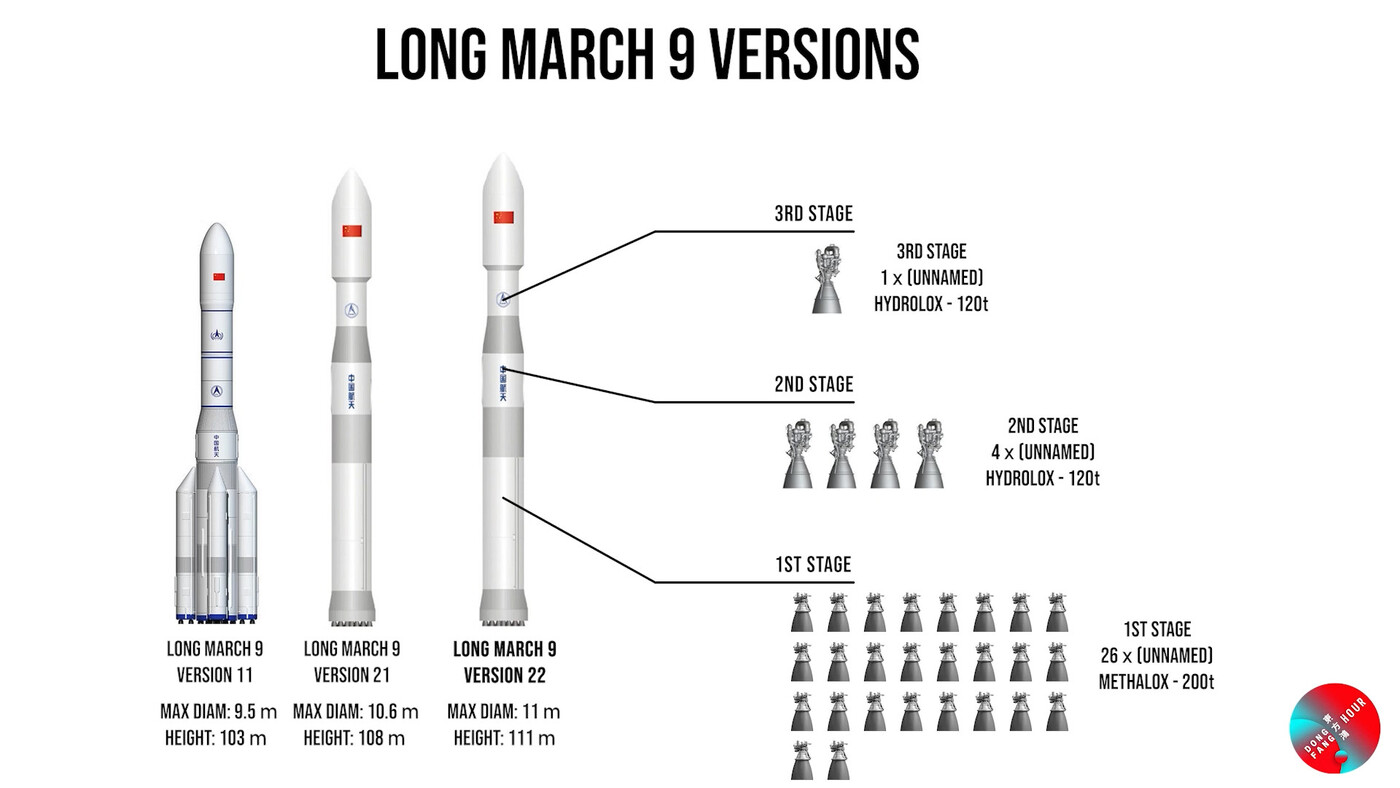
And then a version 35 was spotted soon after, basically the same as version 22 but with uniform diameter of 10.6m.
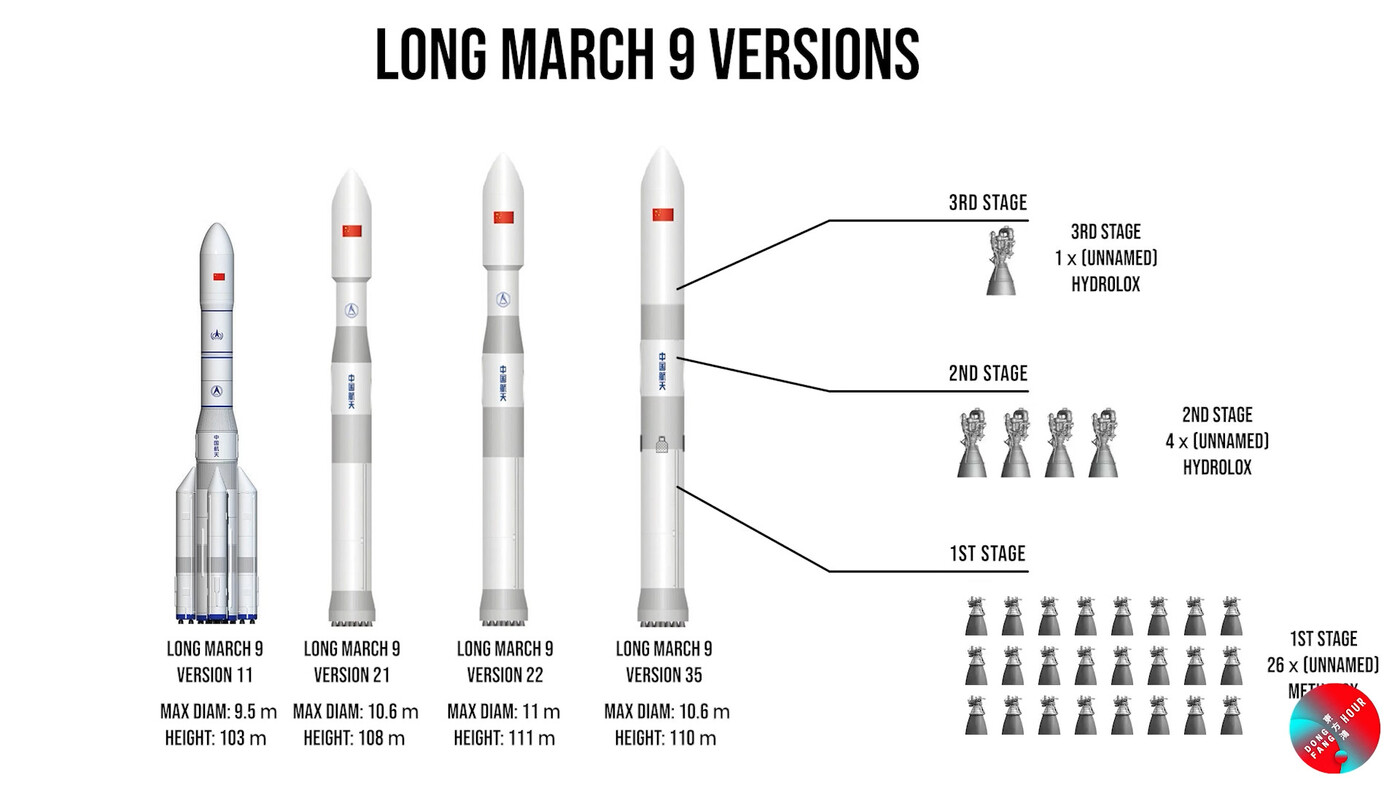
And by Sep, 2022, we have the version "09/2022". This version core stage switch to 24 x 240 ton thrust engine.
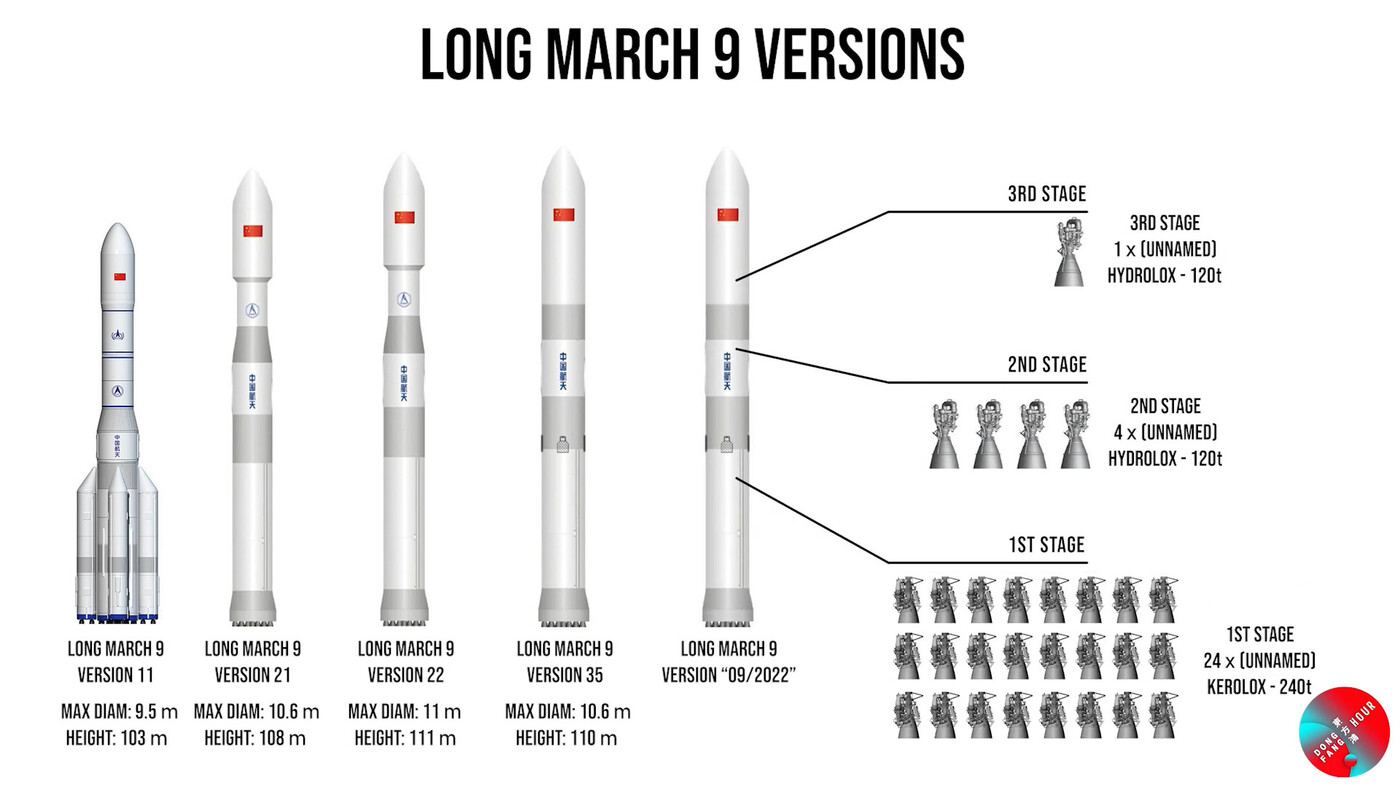
The first version of CZ-9 in the last Zhuhai still has the four boosters.
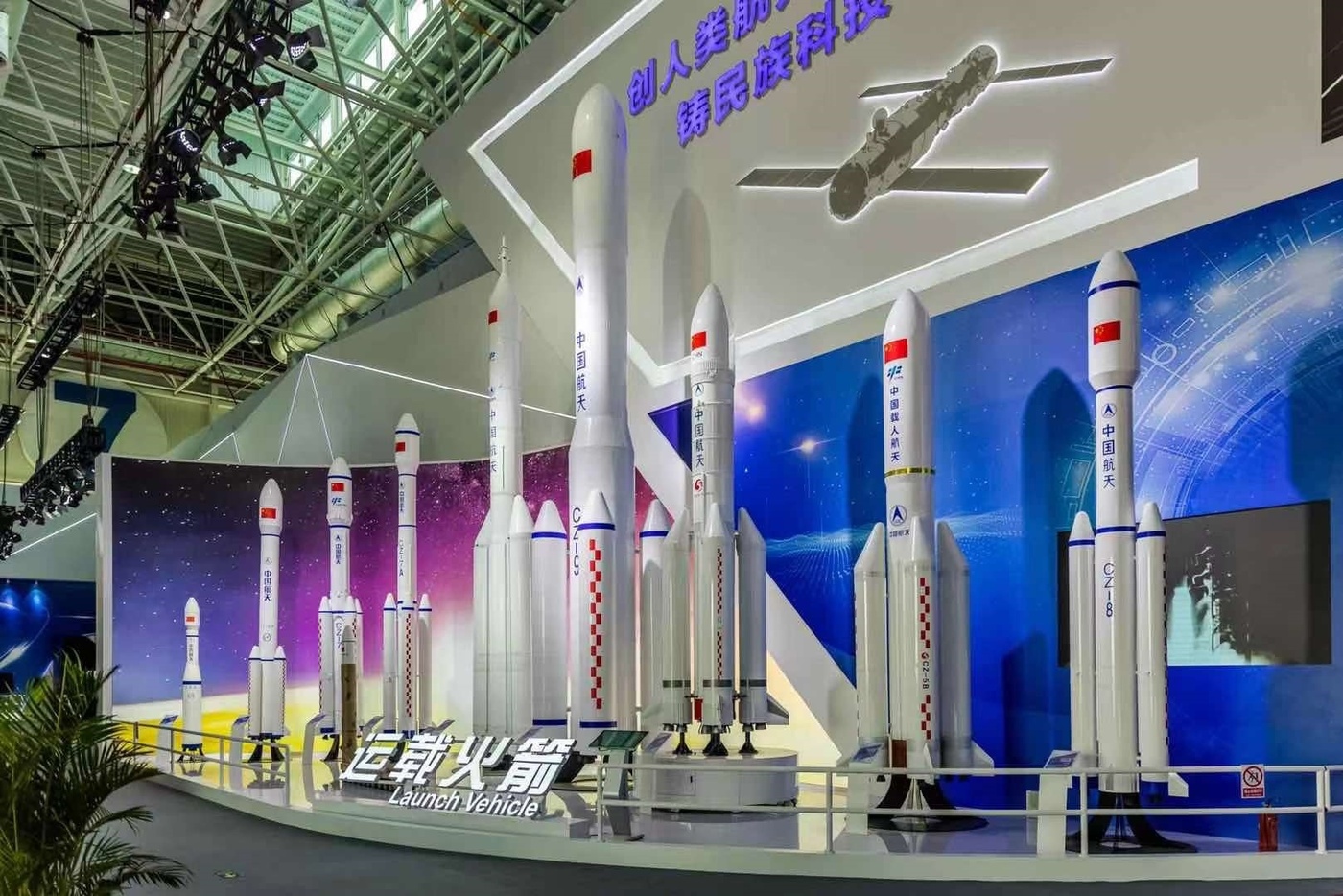
The latest version of CZ-0 in Zhuhai 2022 no longer has boosters.
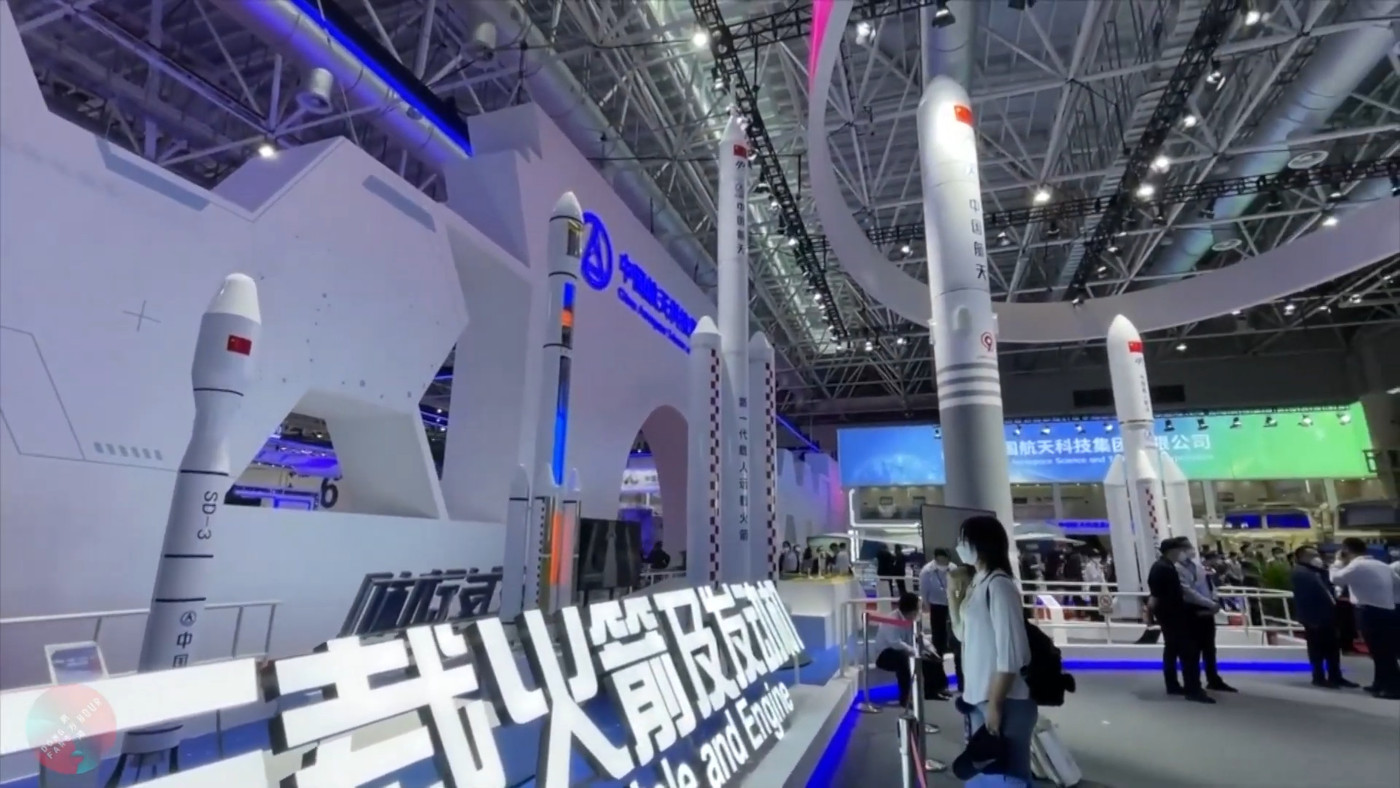
Three steps development for CZ-9 has been outlined in 2018. The first step is to launch a non-resuable CZ-9. The second and third steps will launch reusable CZ-9. Dongfang Hour speculated the non-reusable version will be the version 21, and it may achieve first flight between 2028 to 2030.
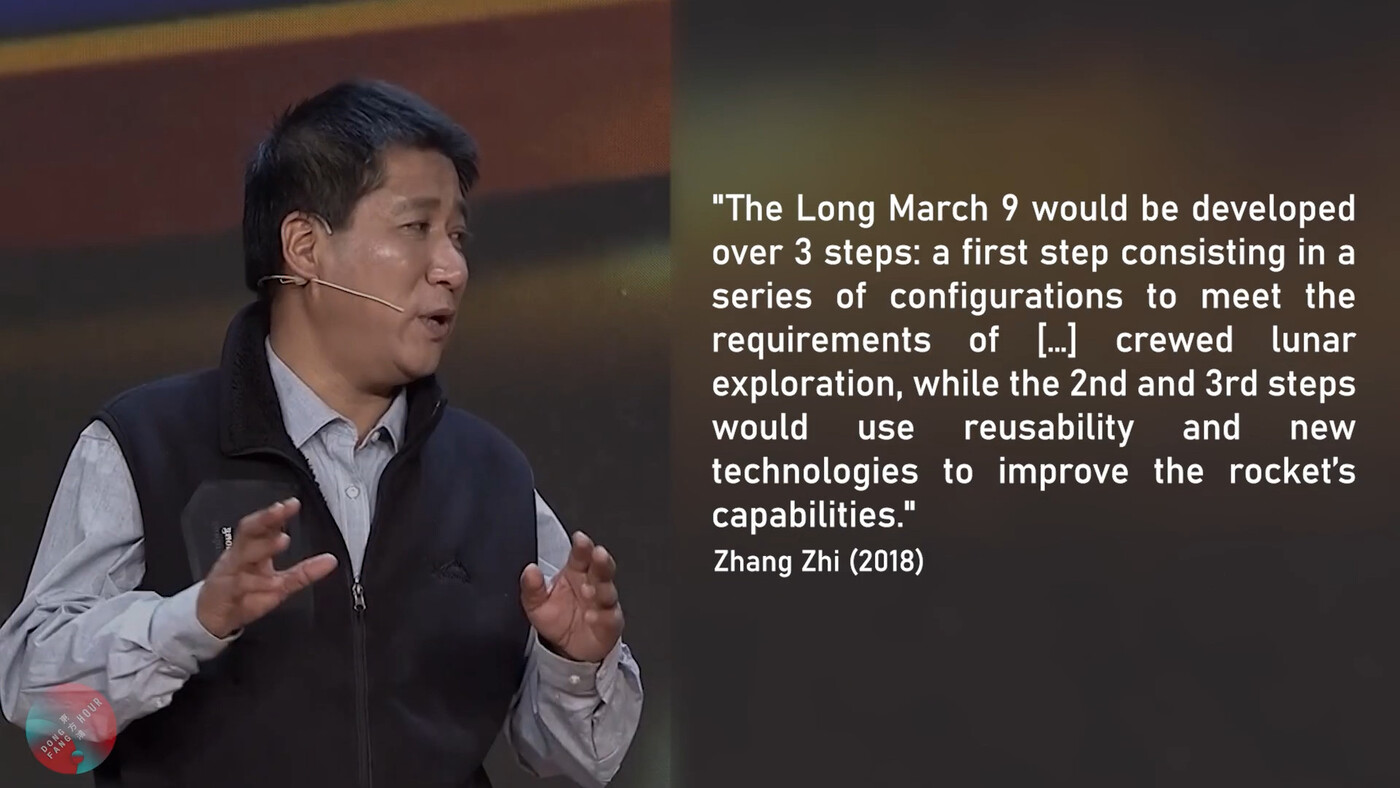
The reusable version will be the latest version "09/2022" and likely subject to further changes, to be launched before 2035.
